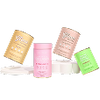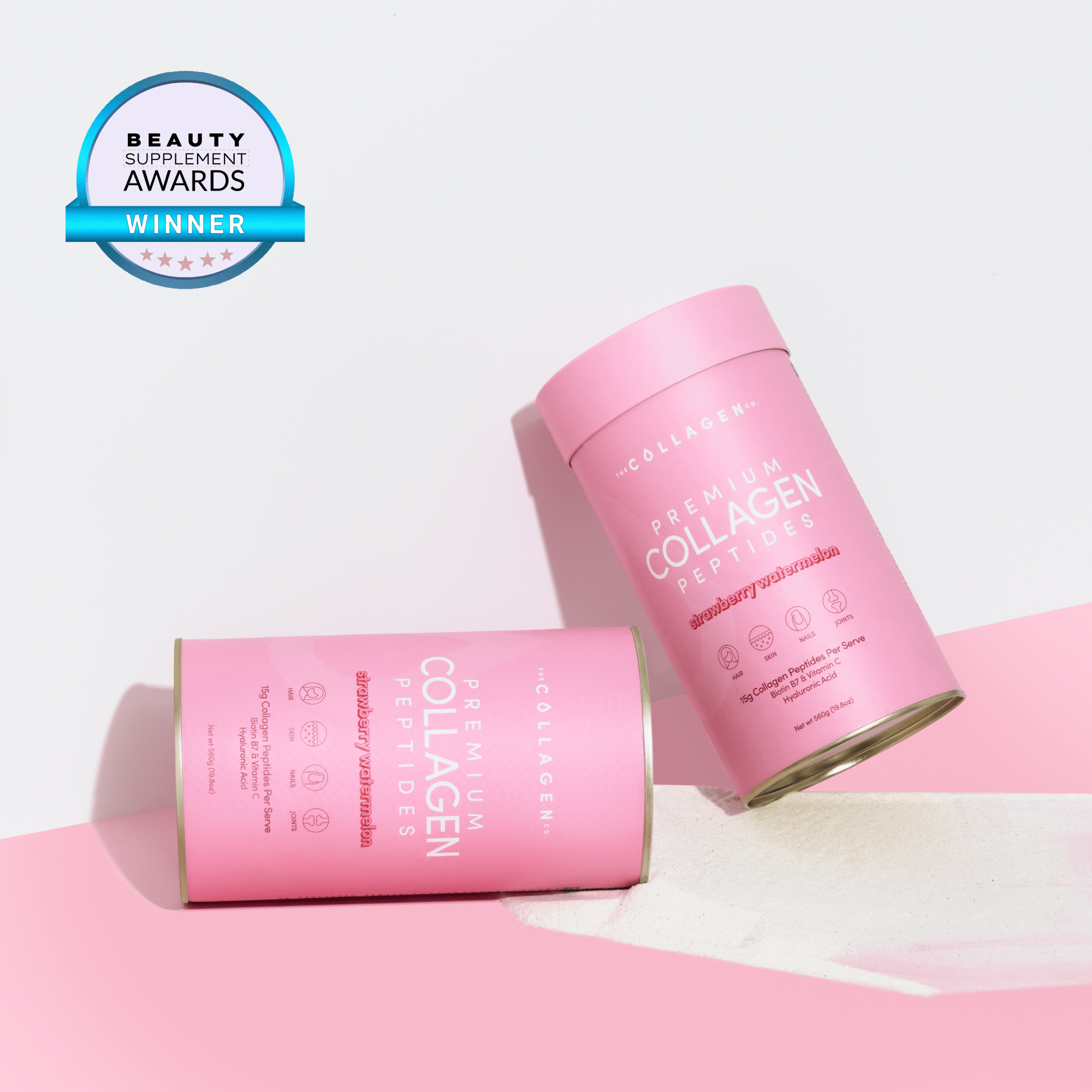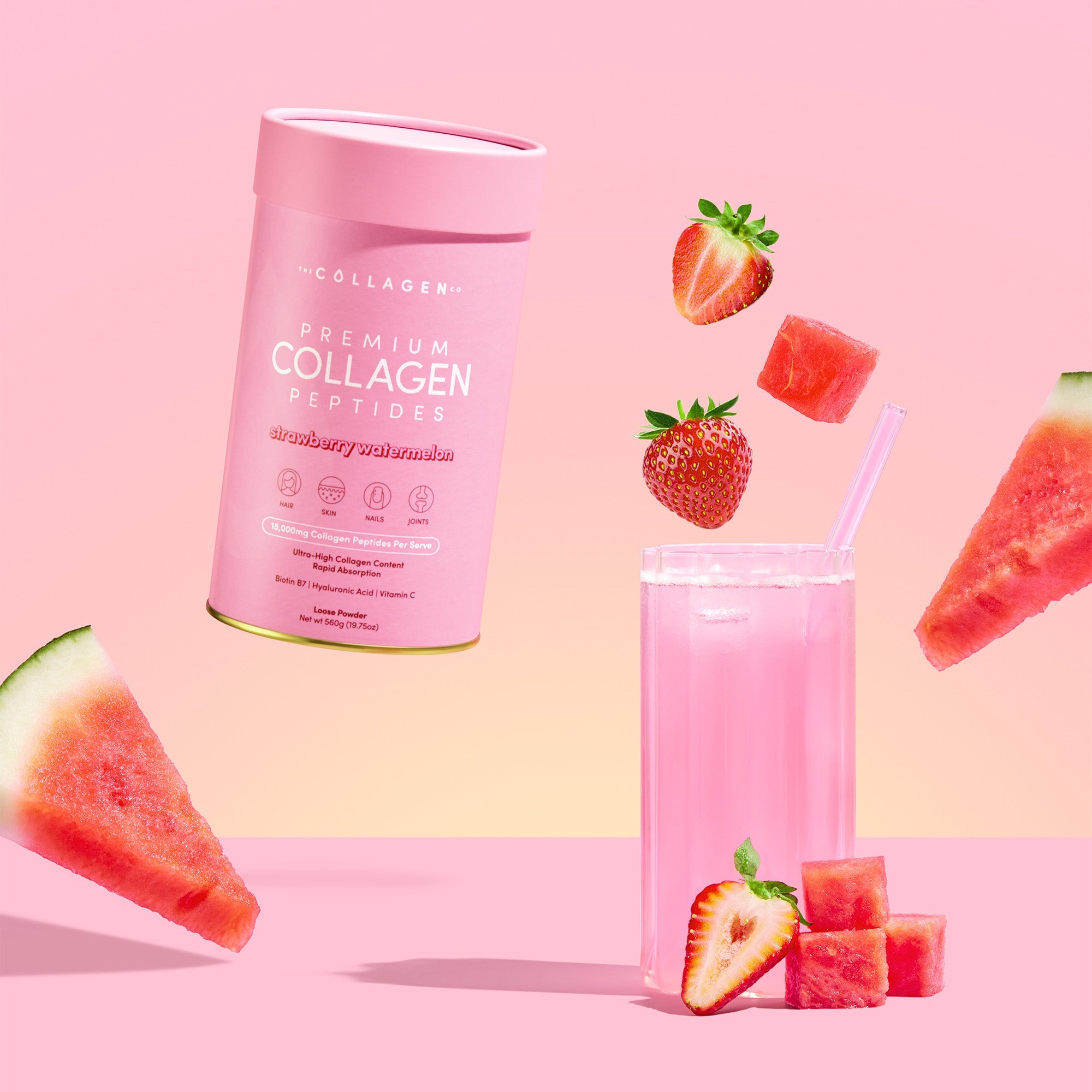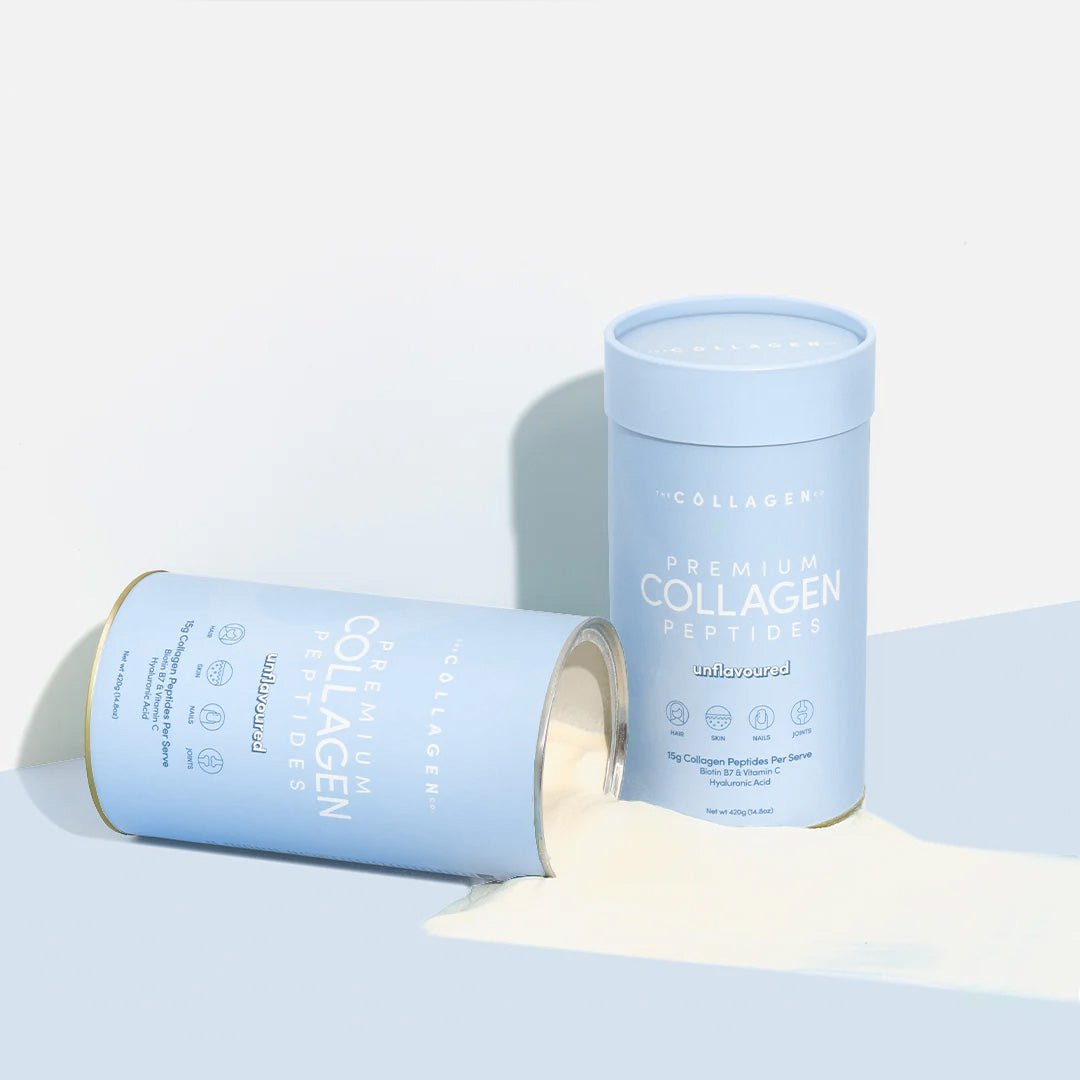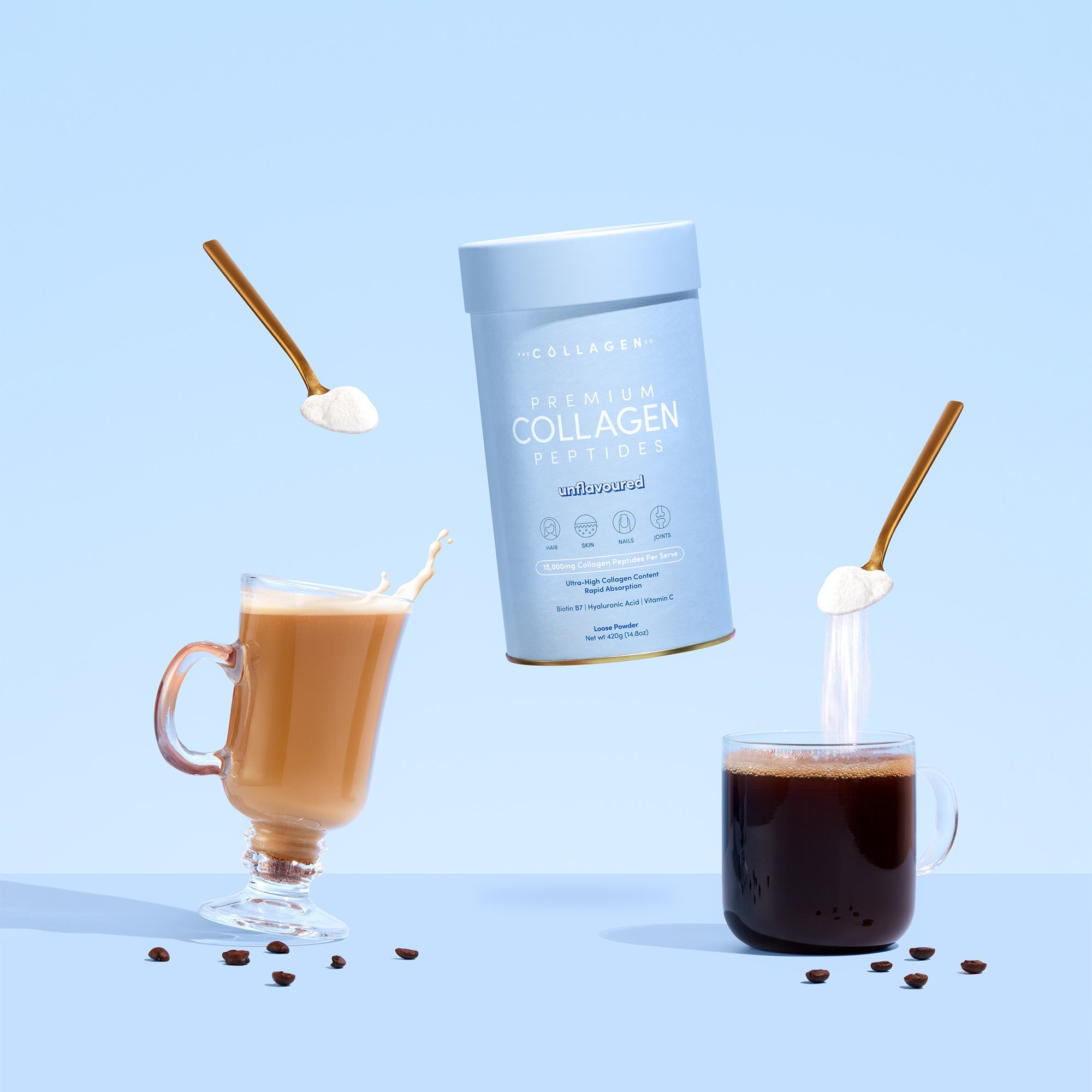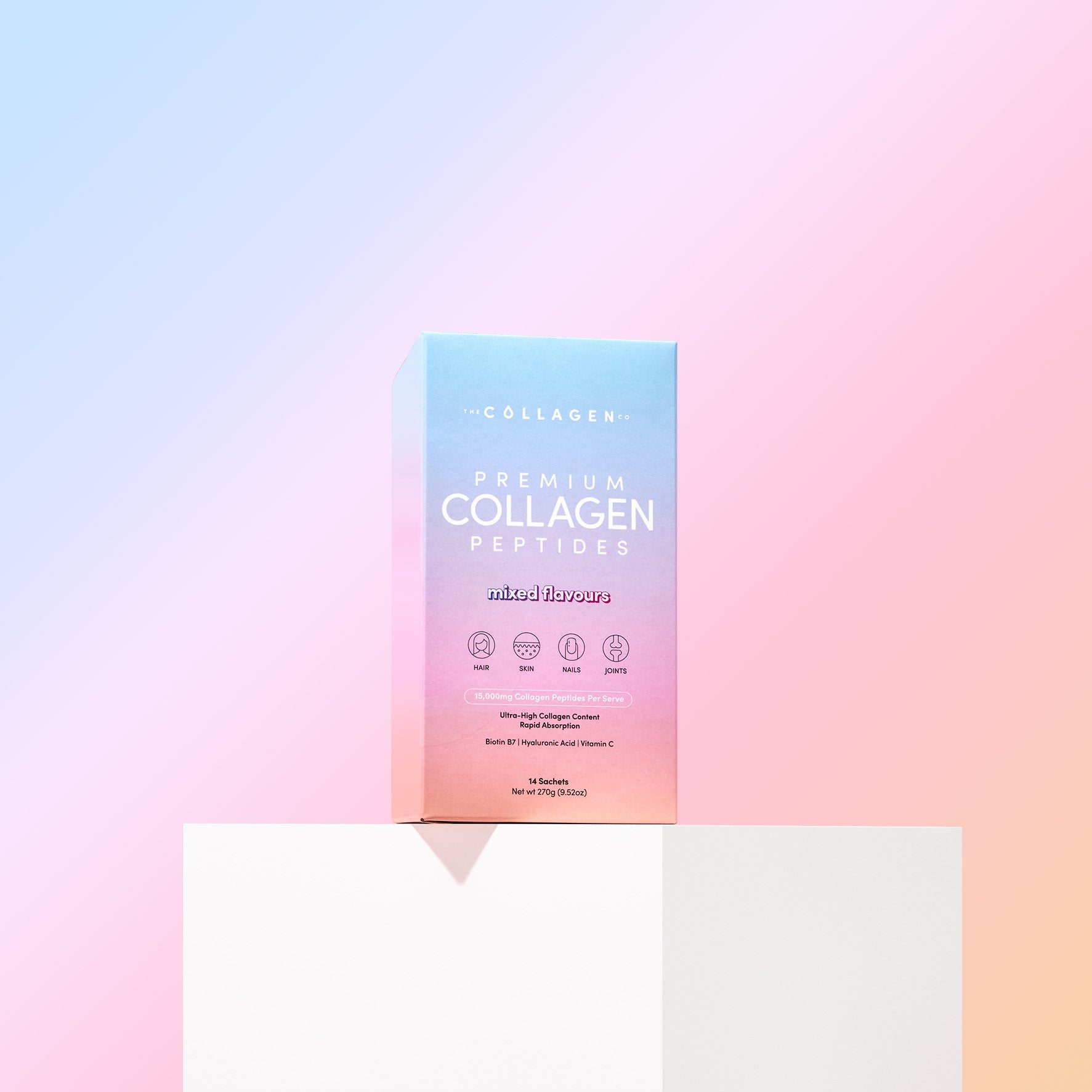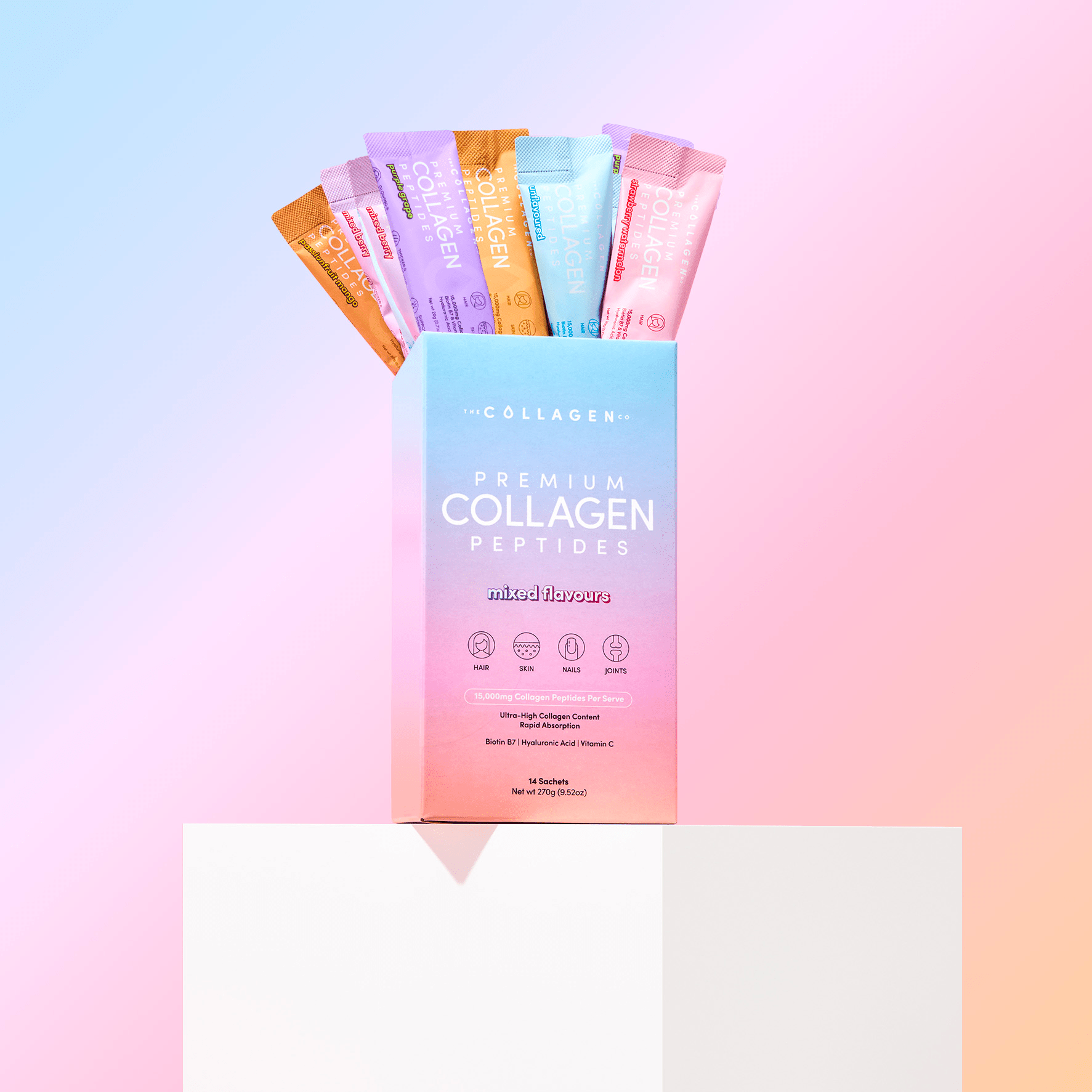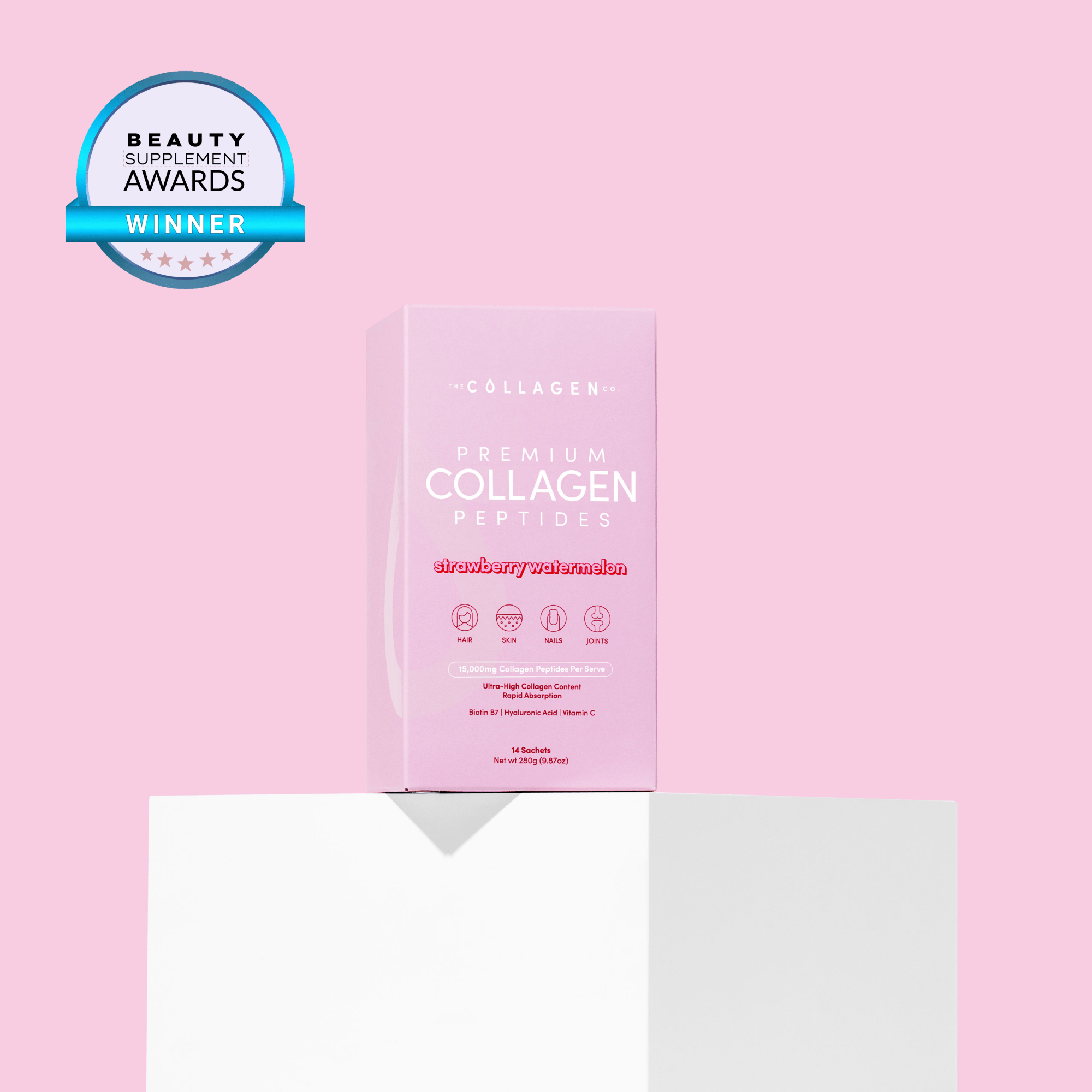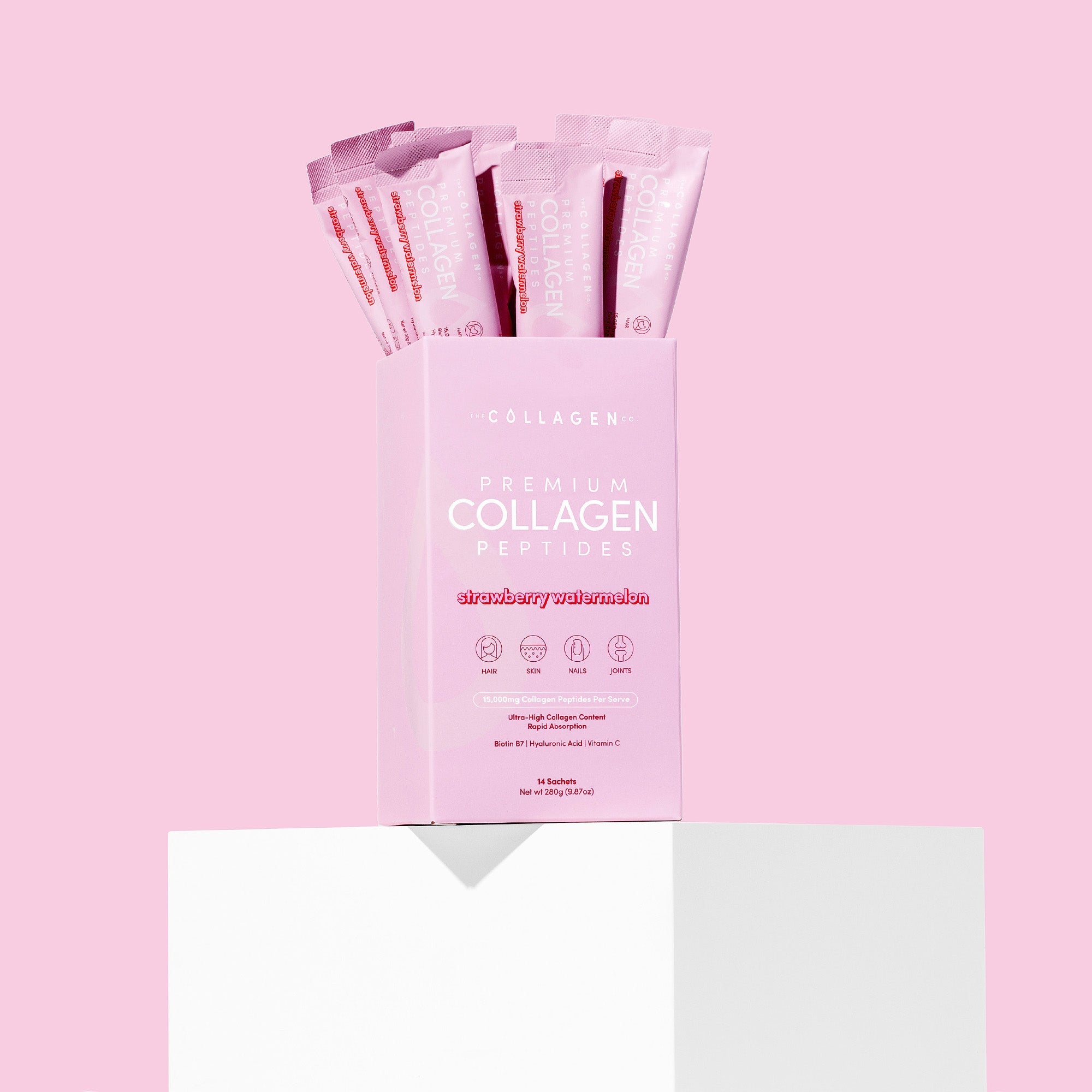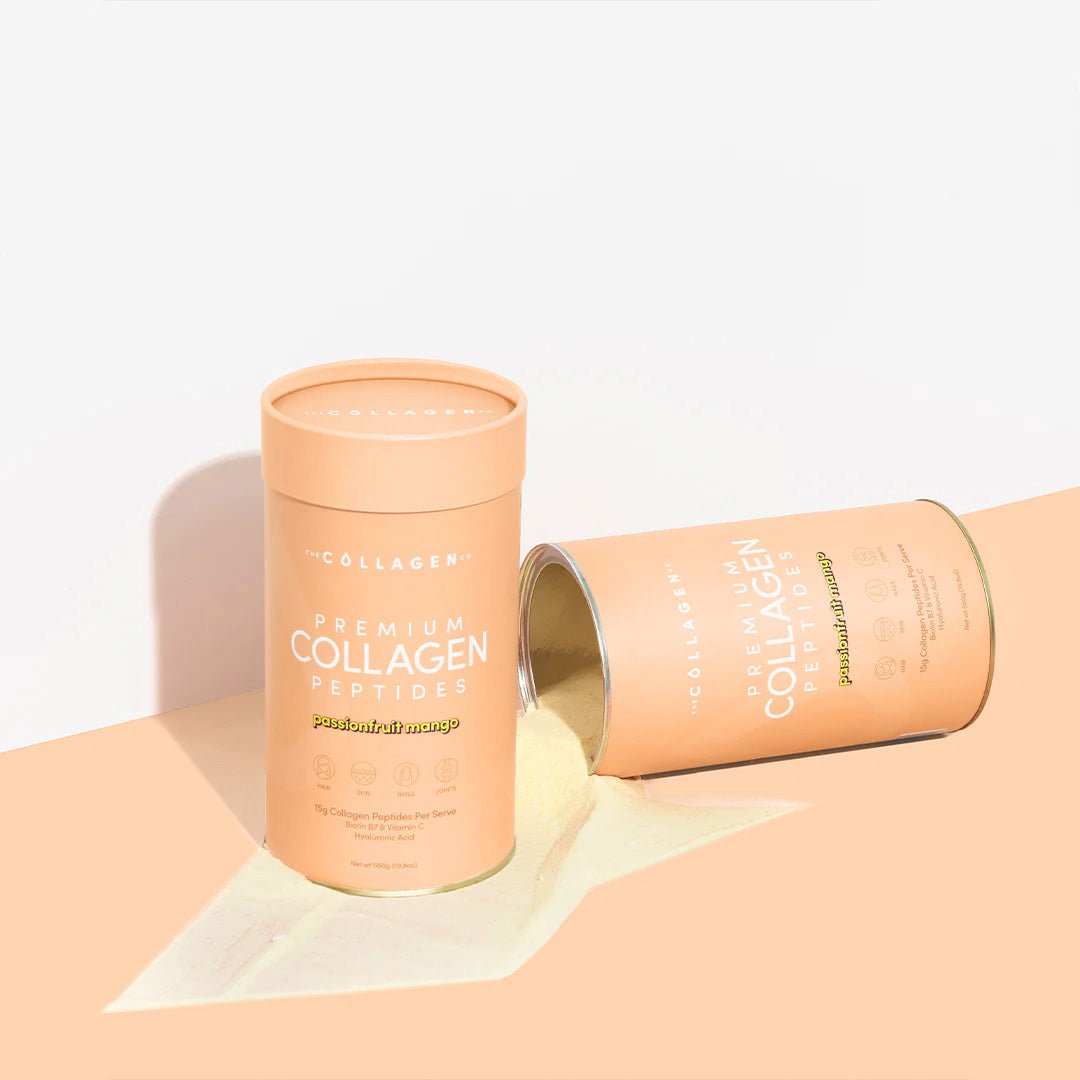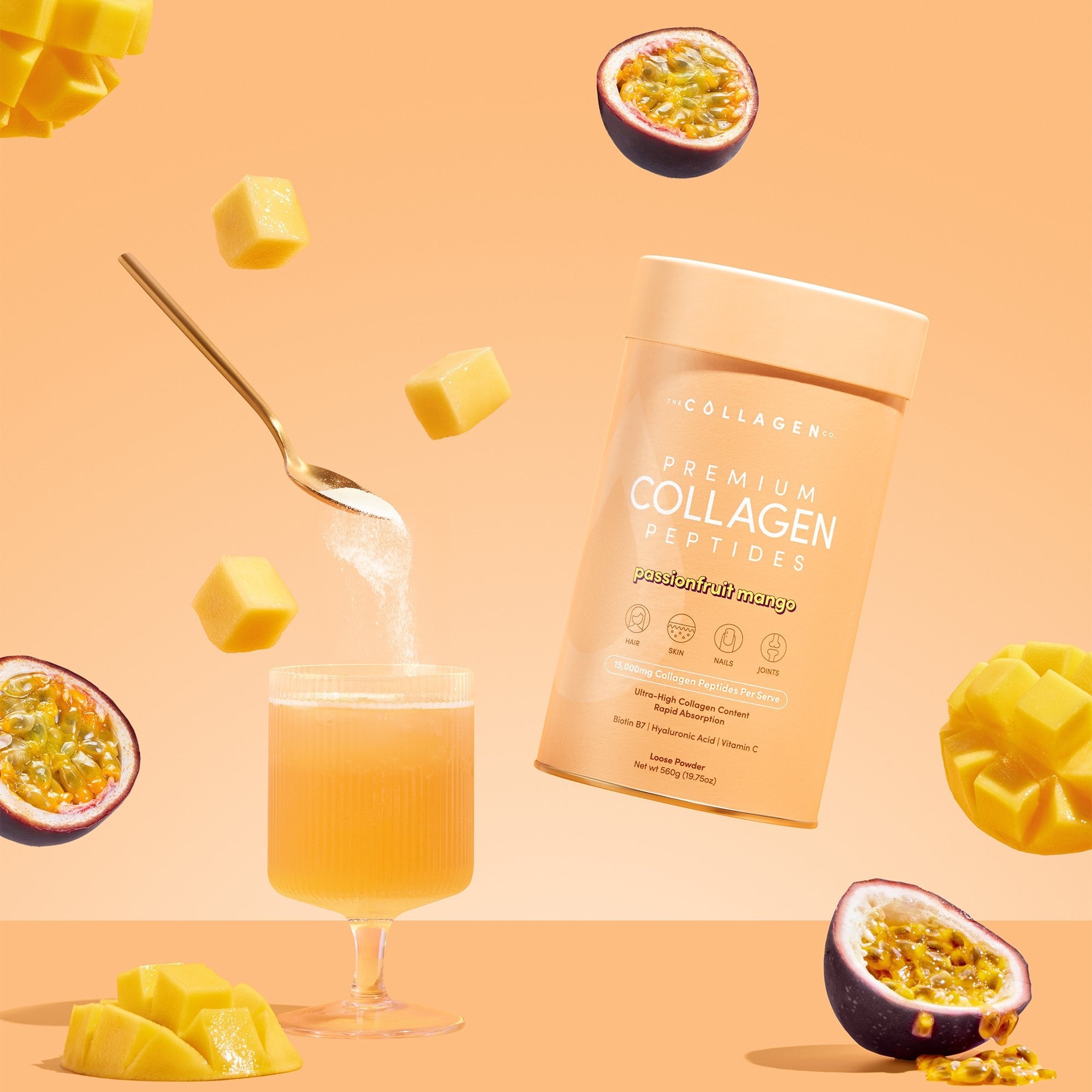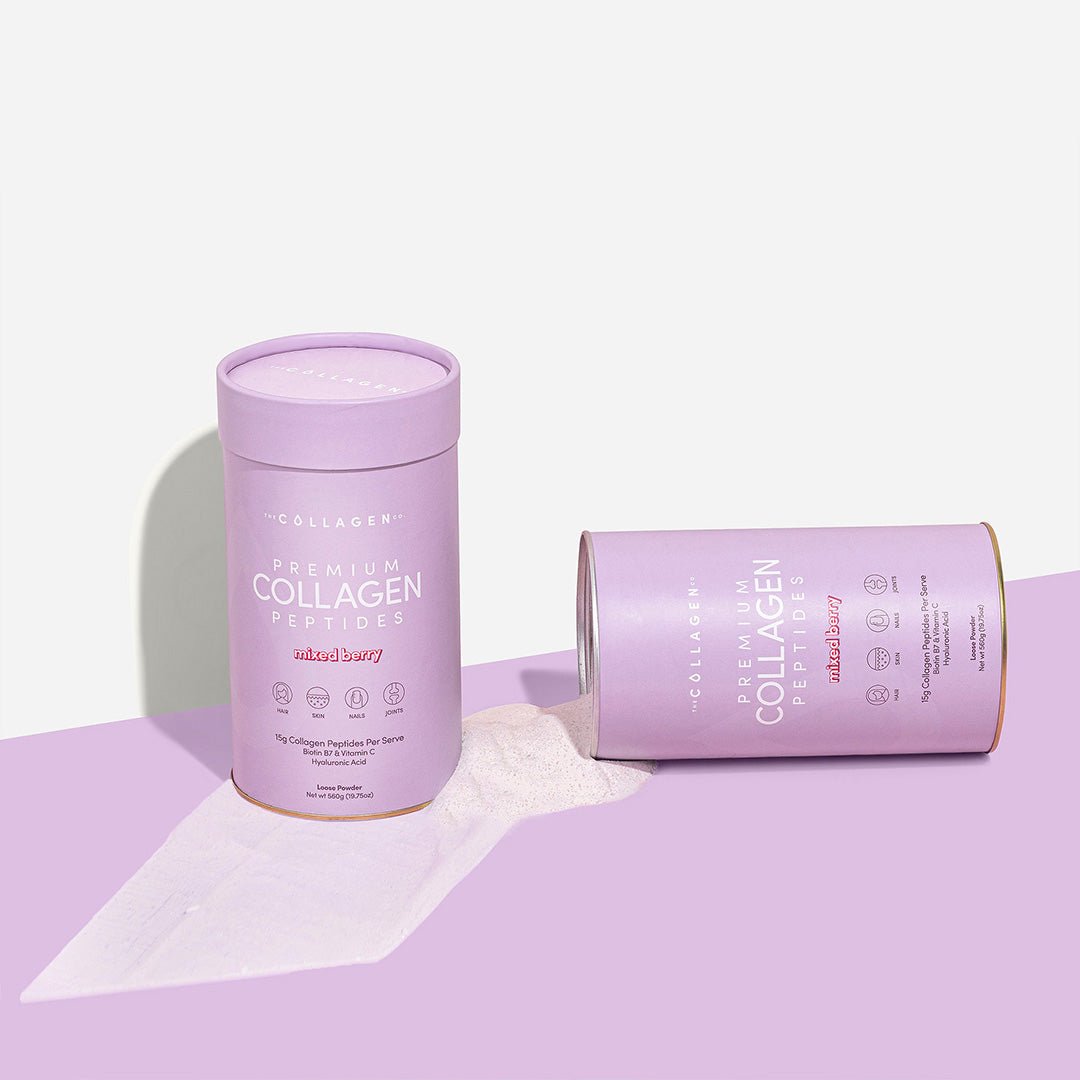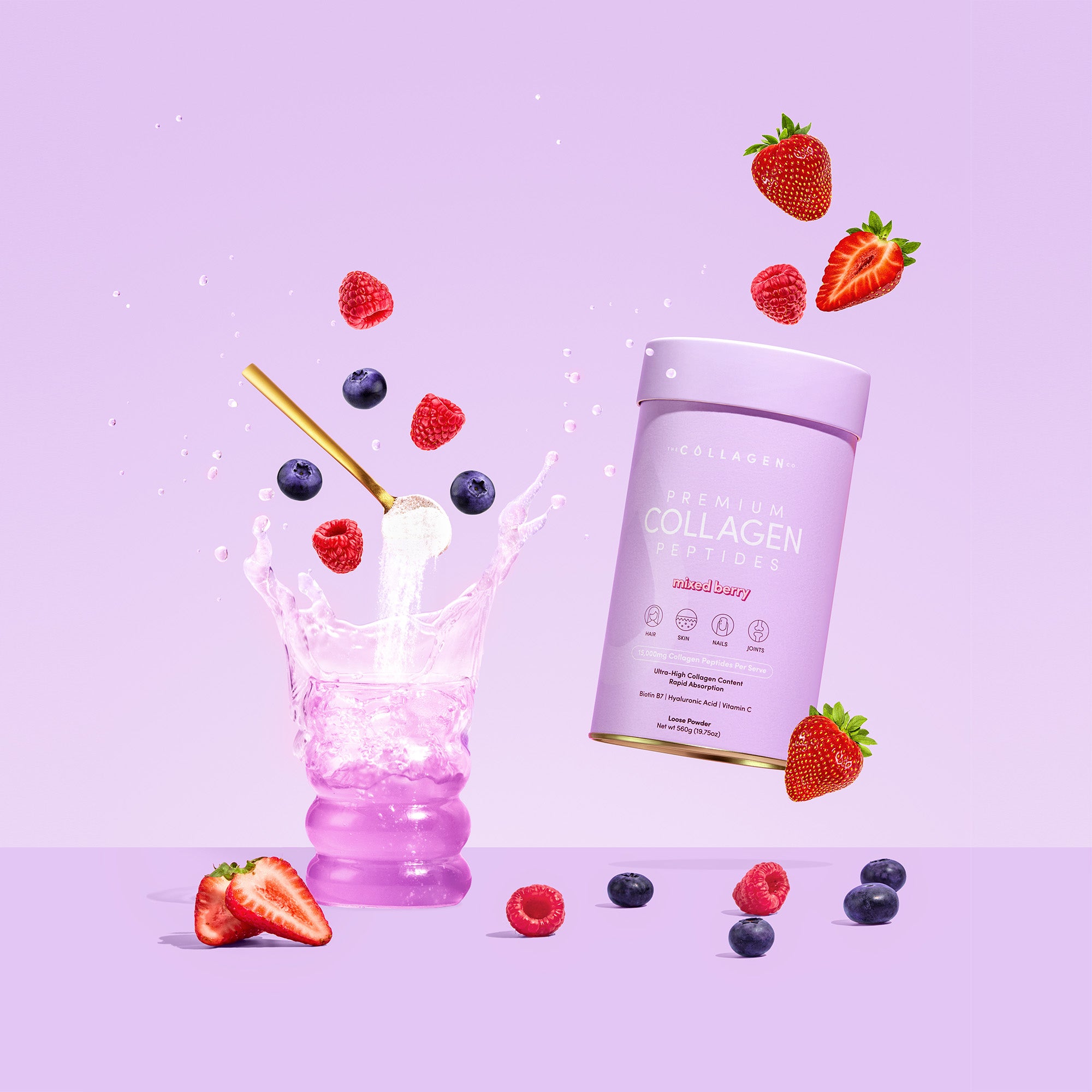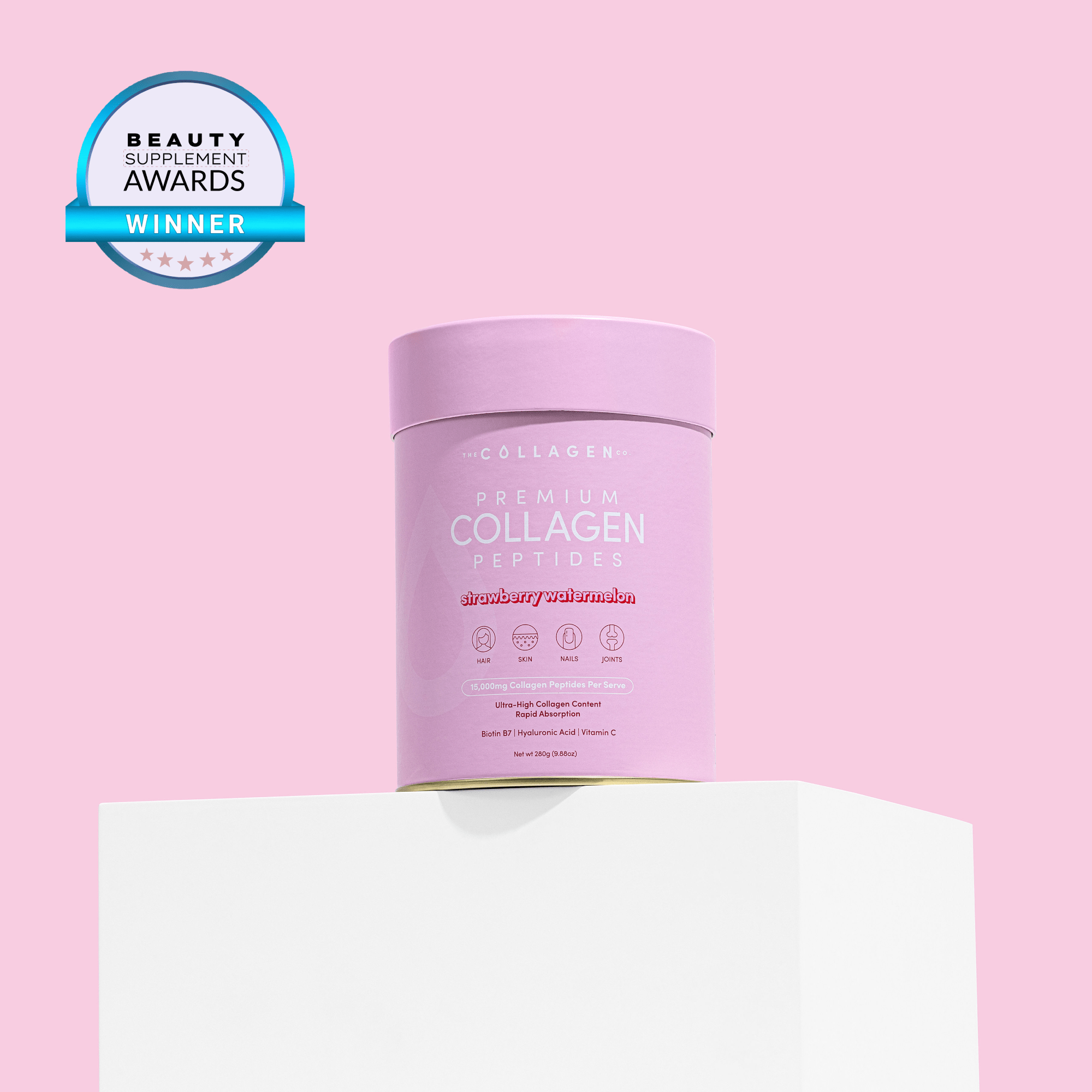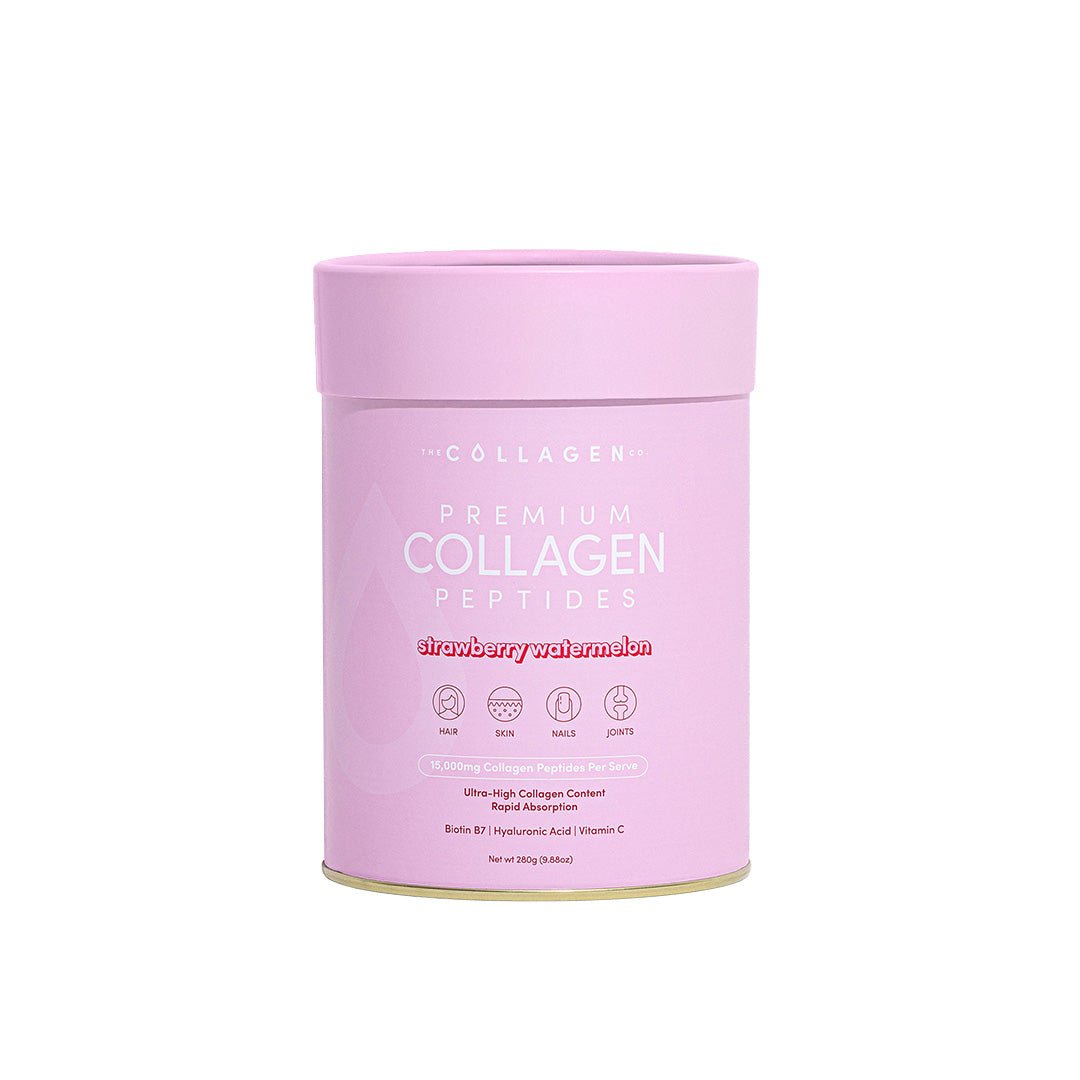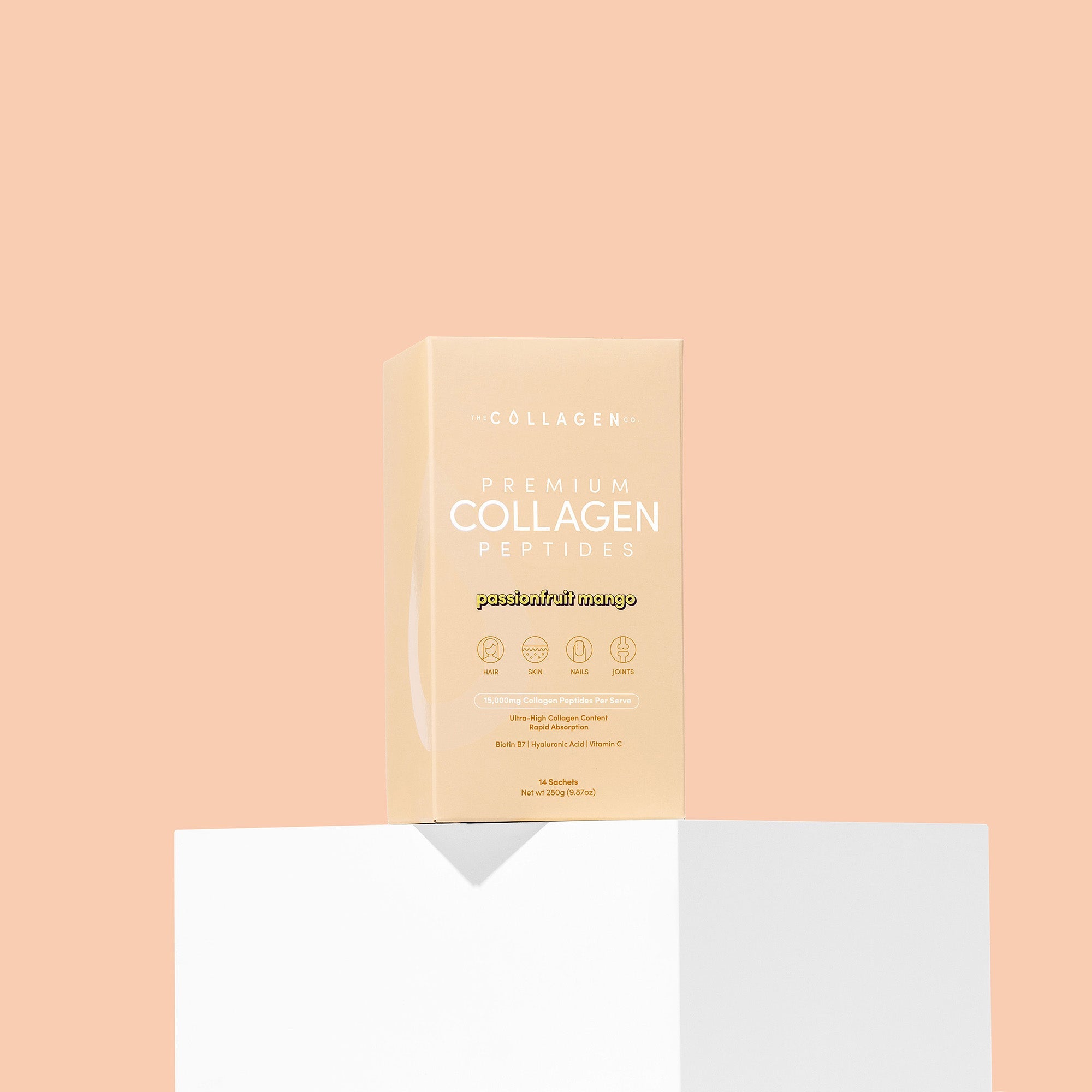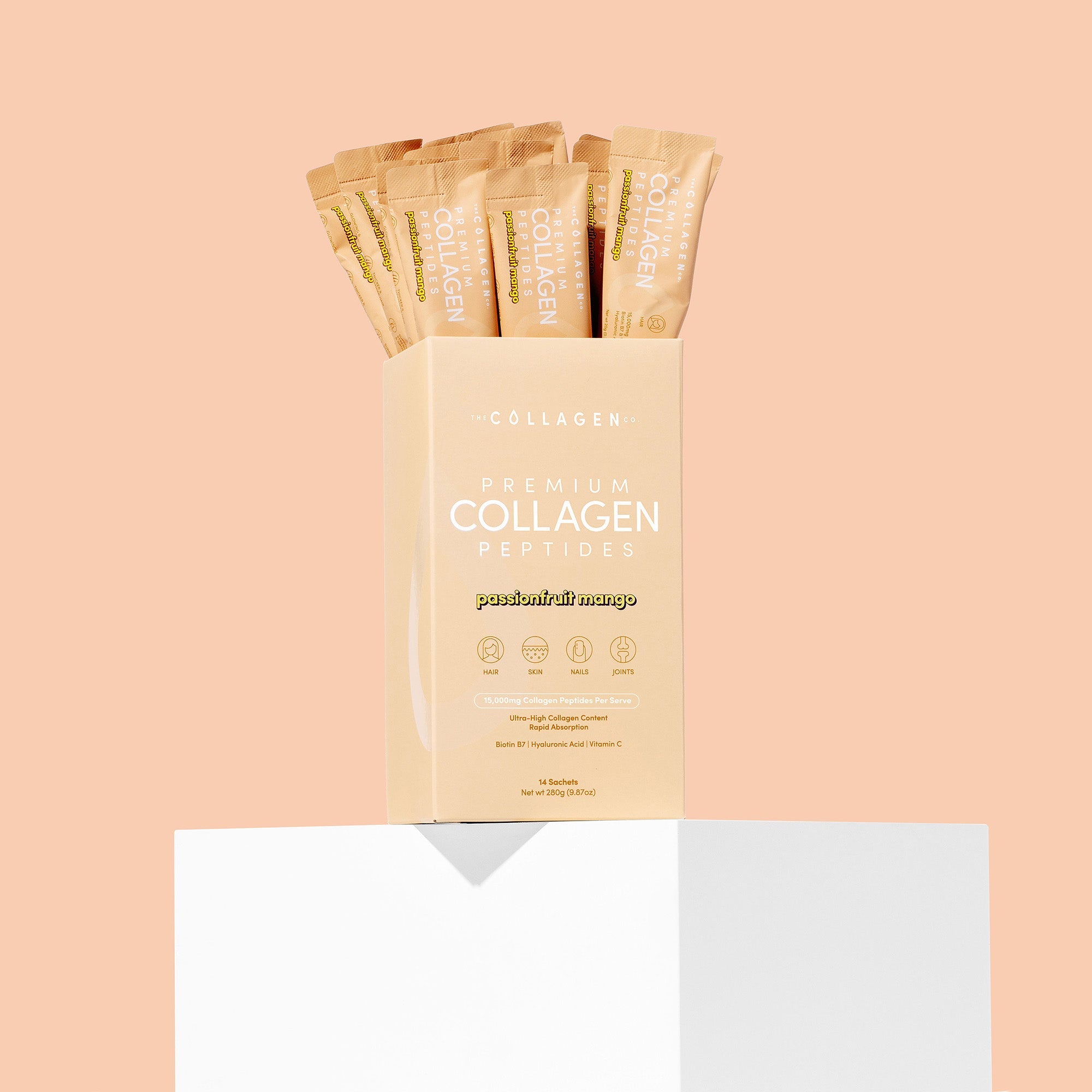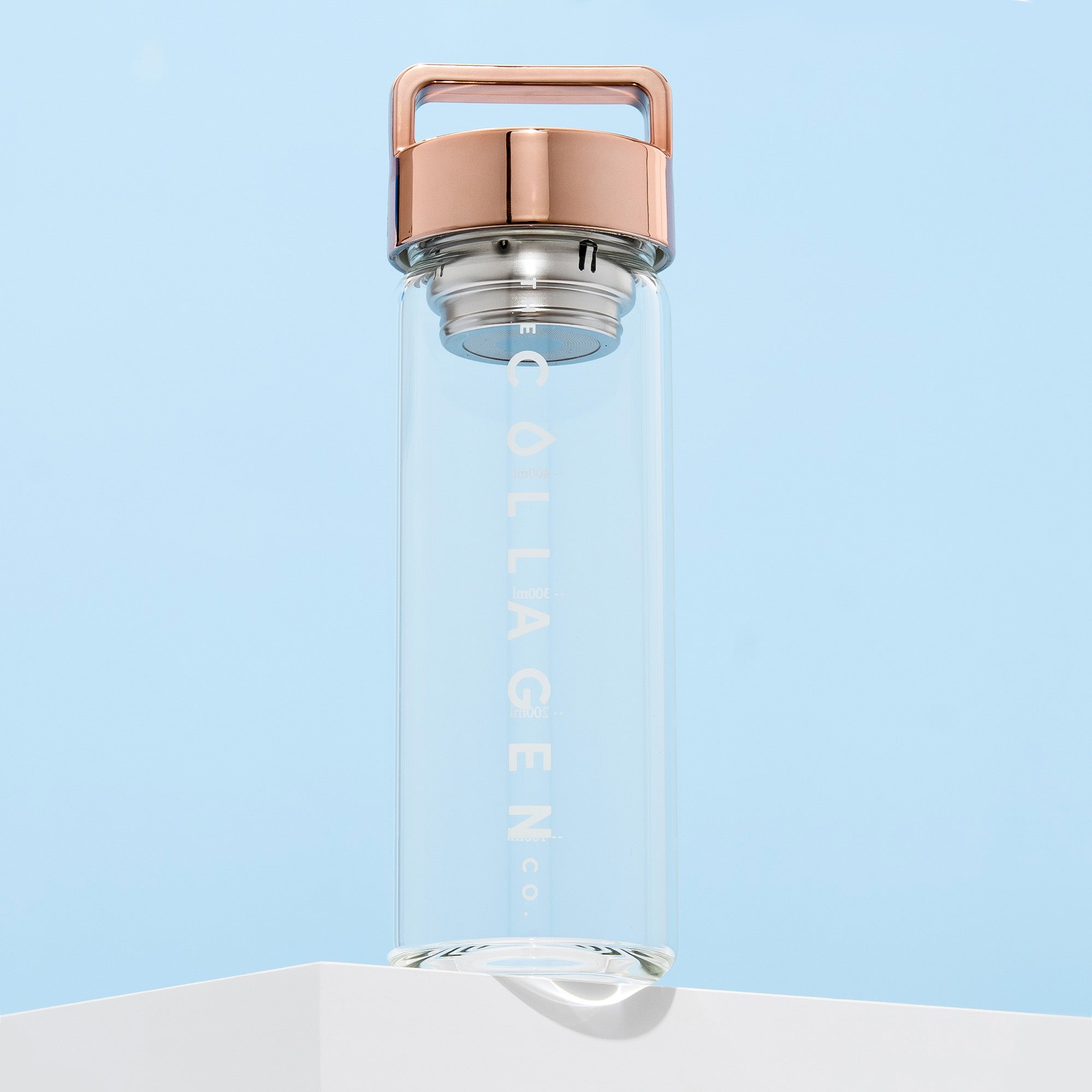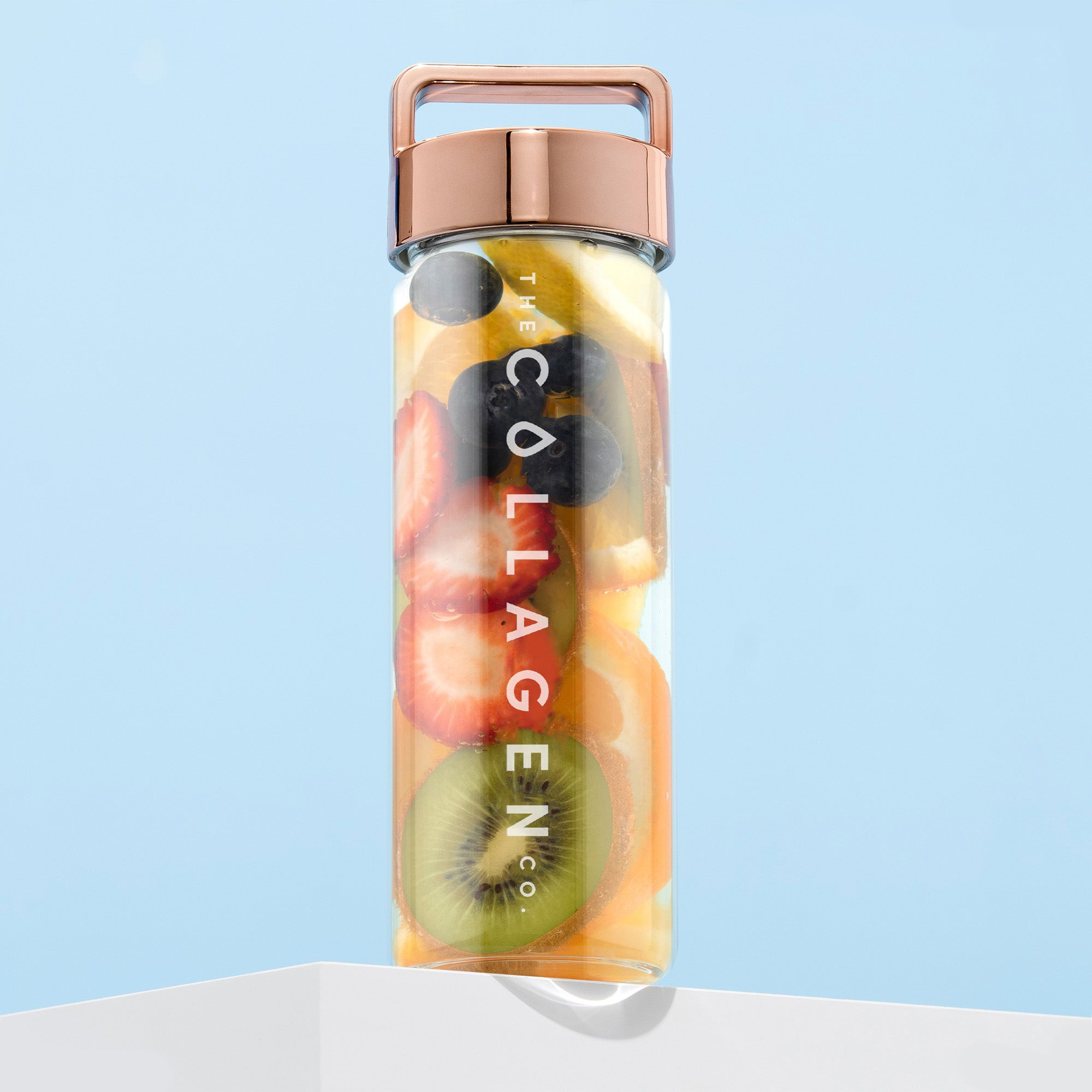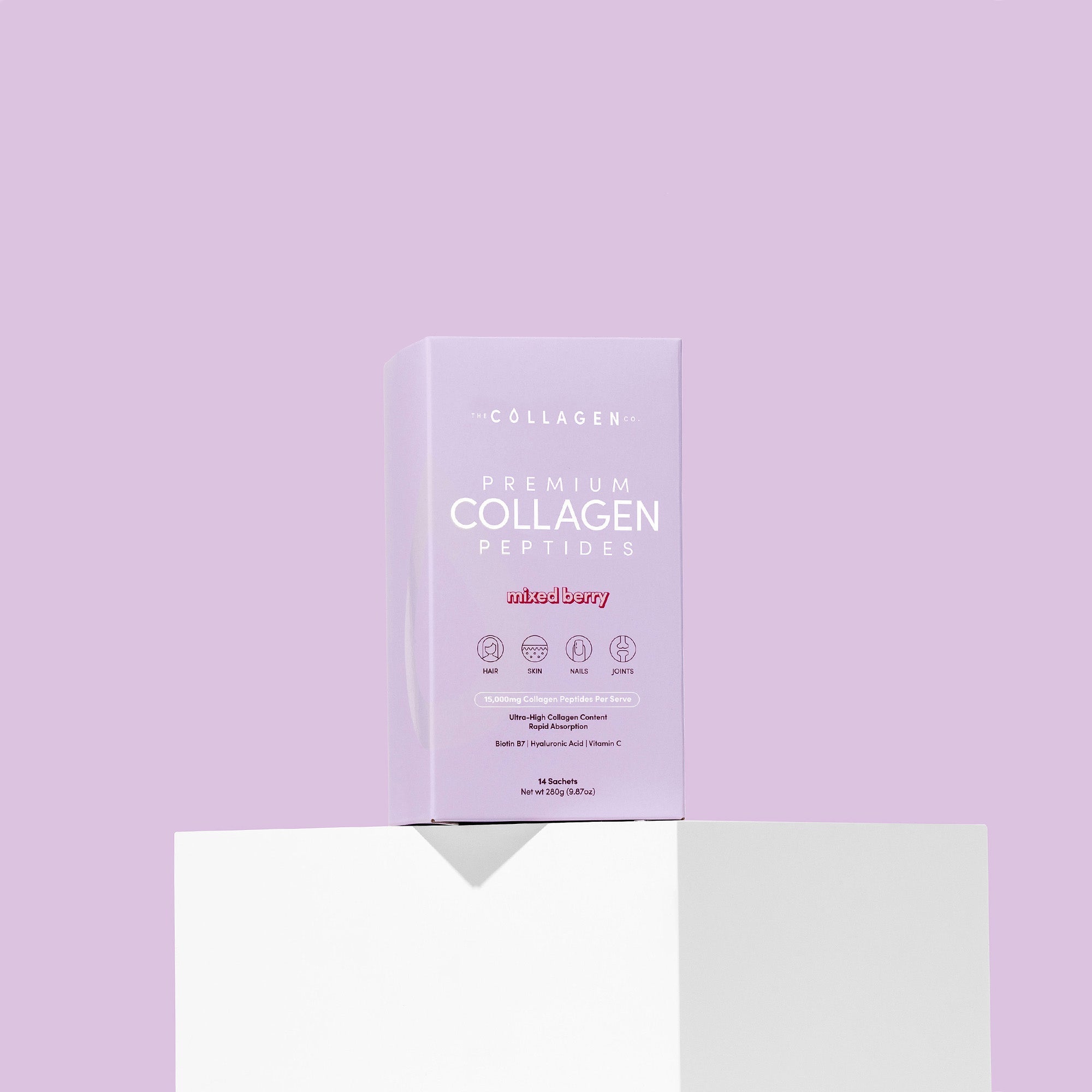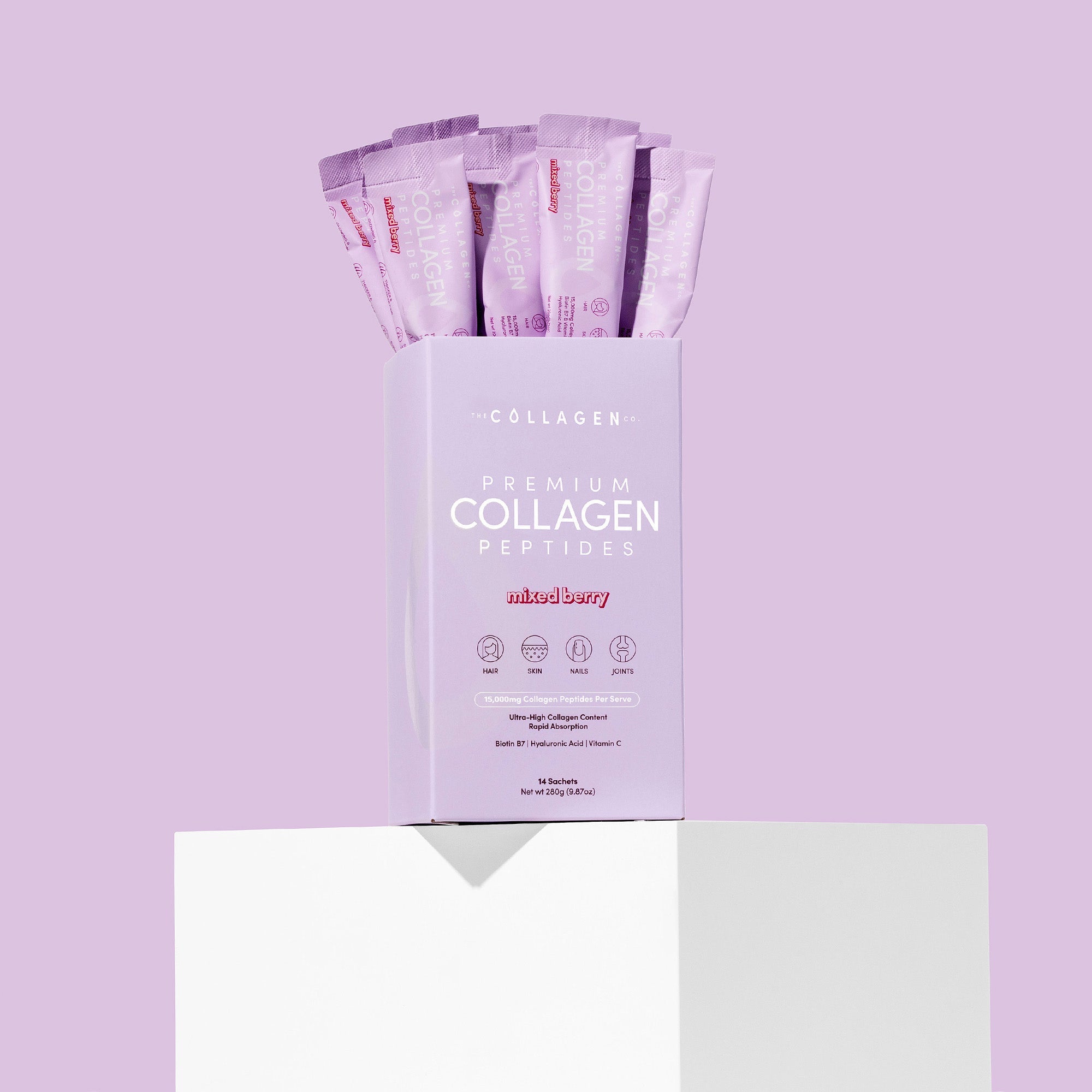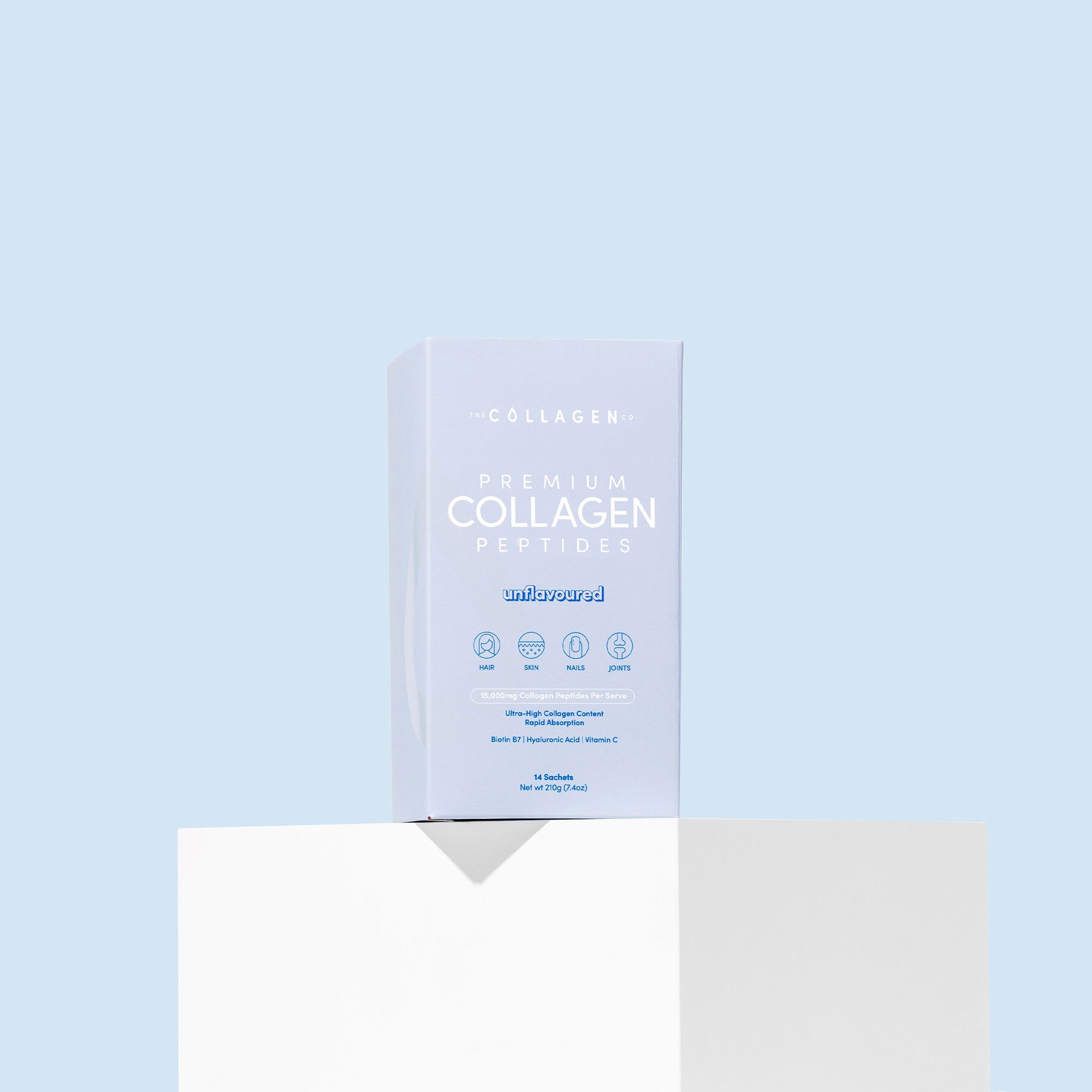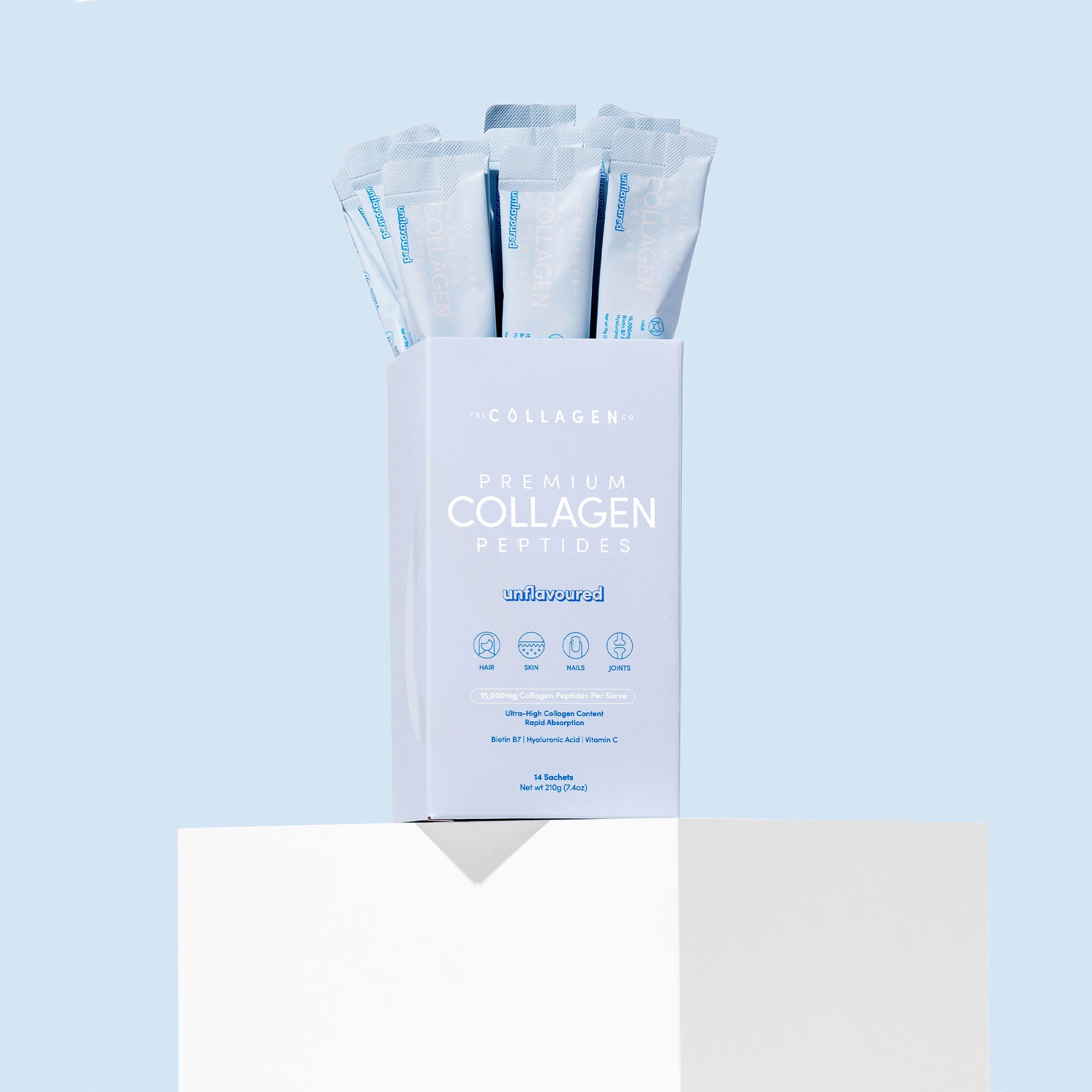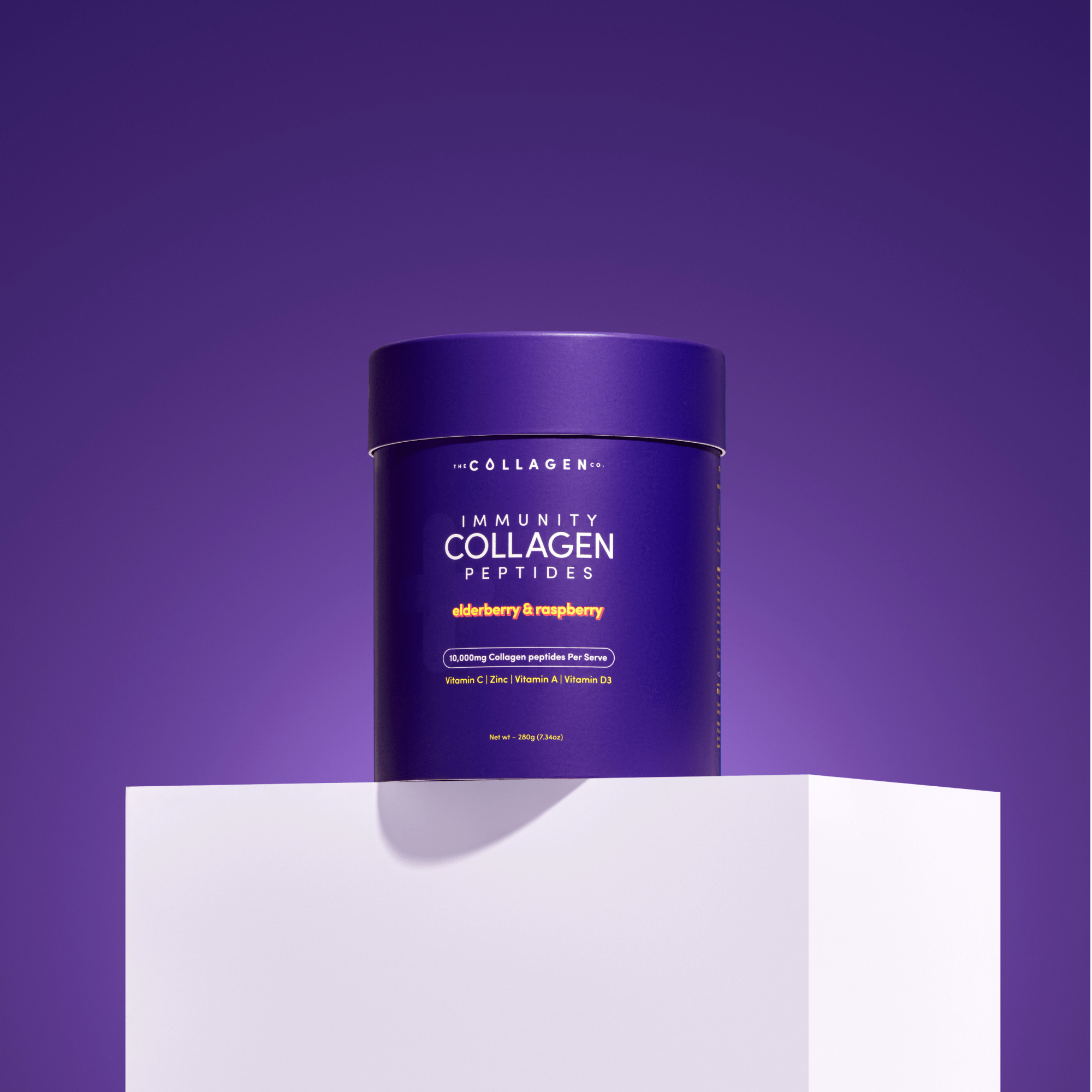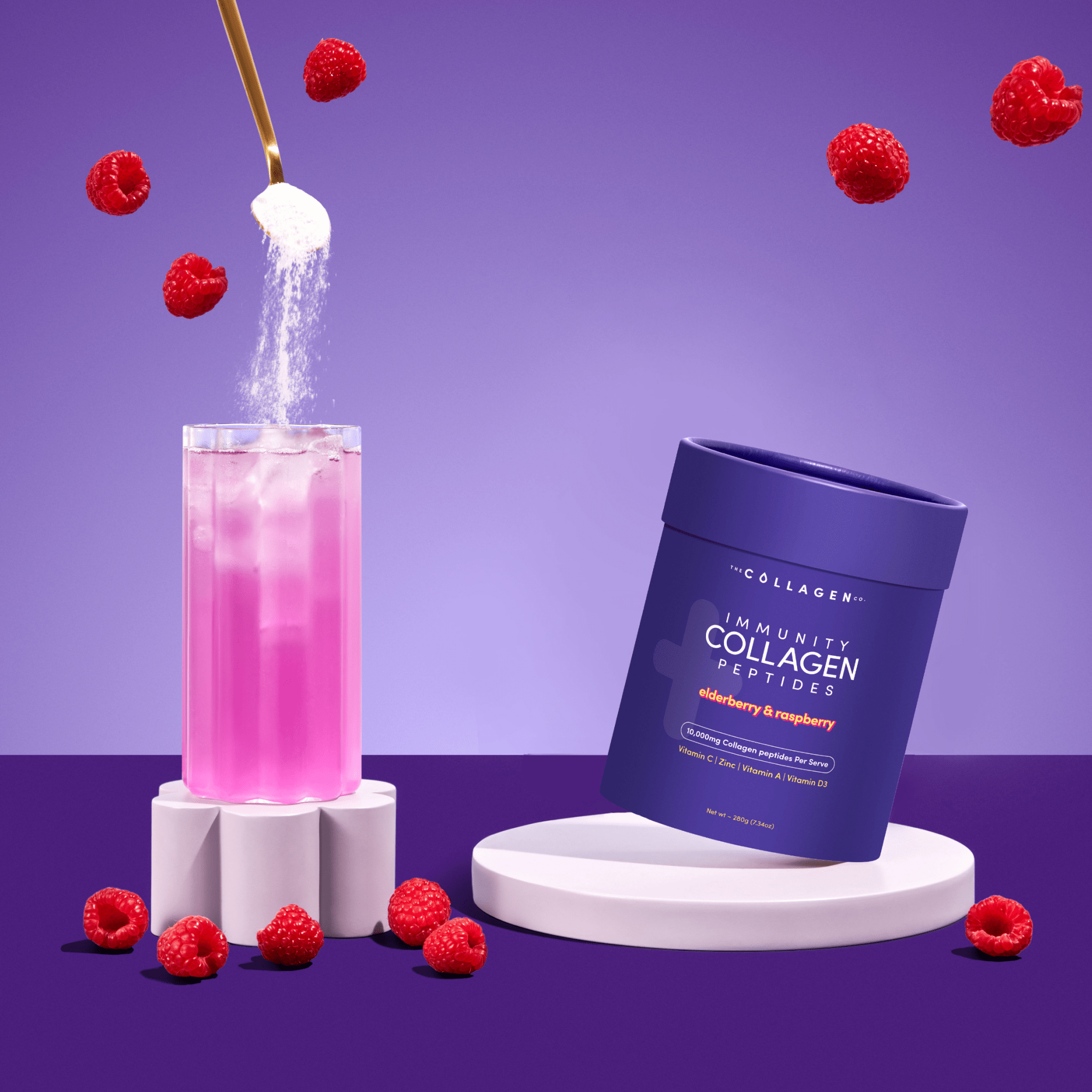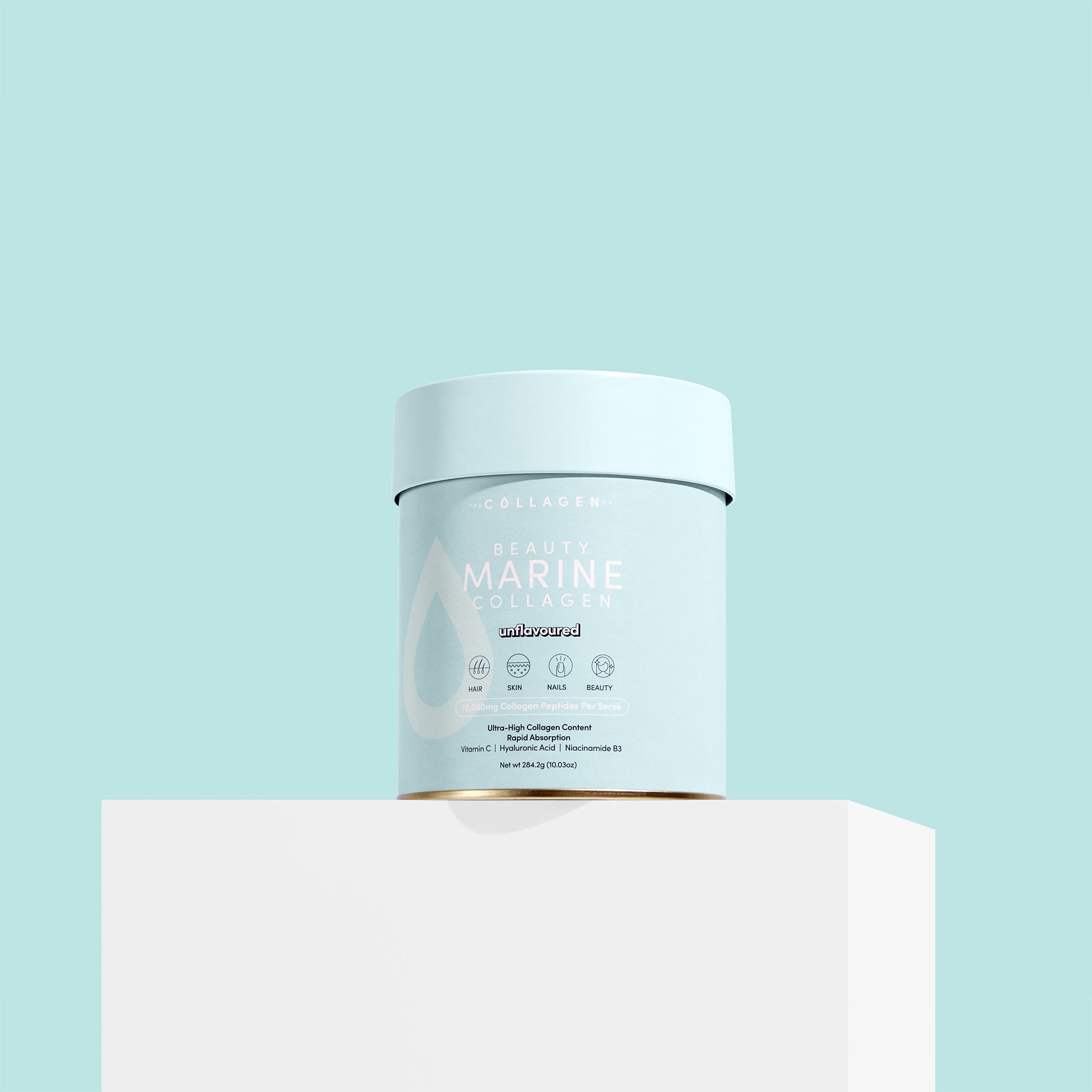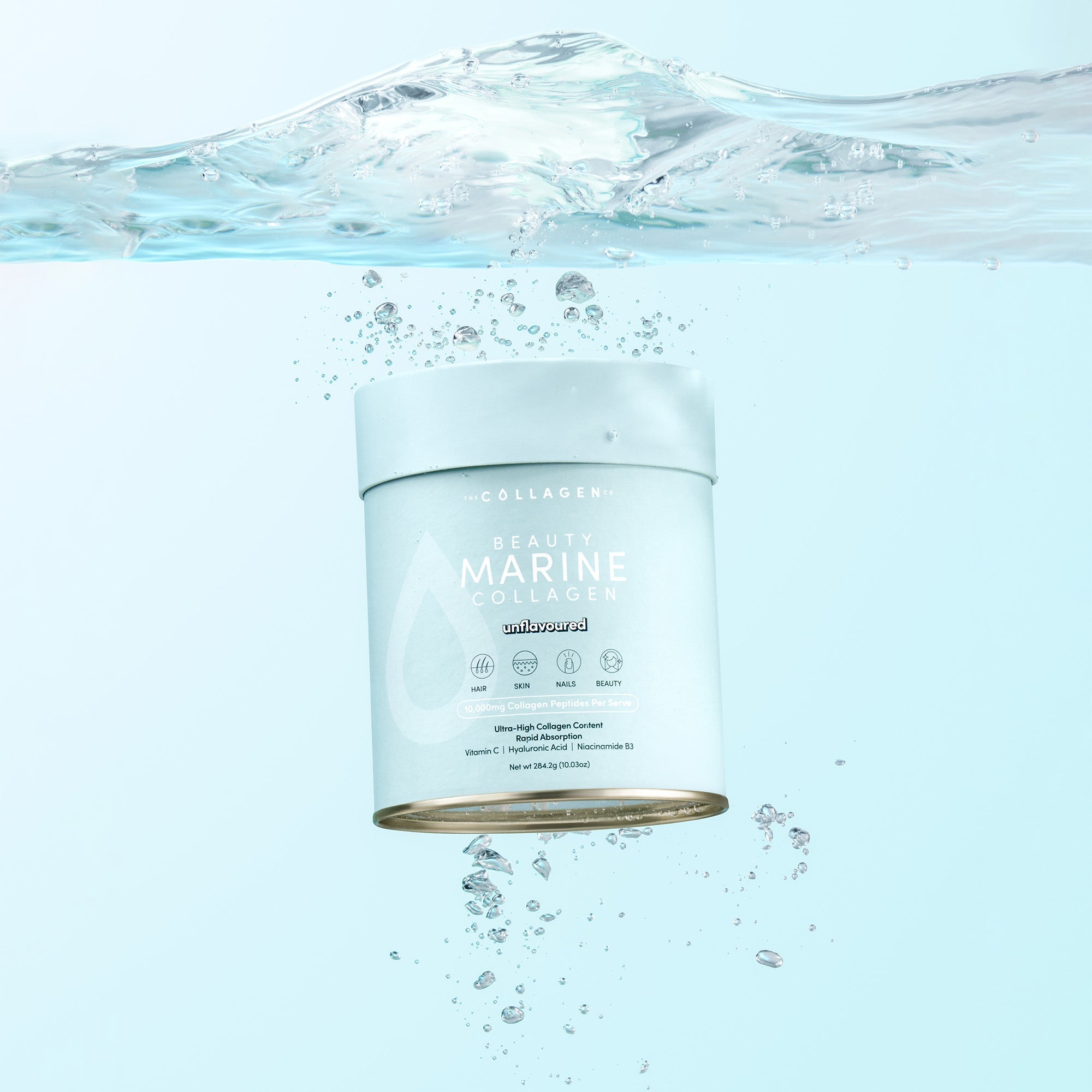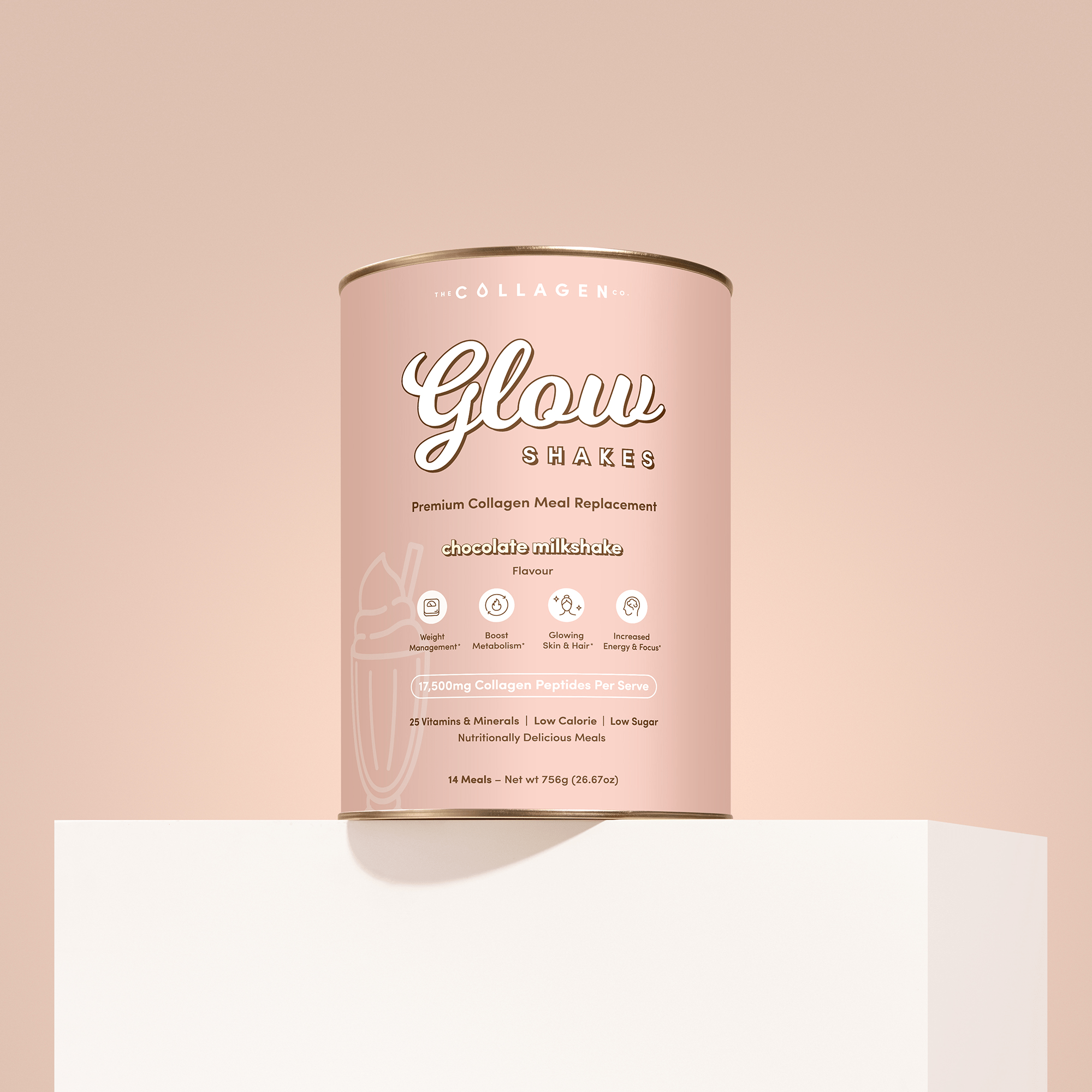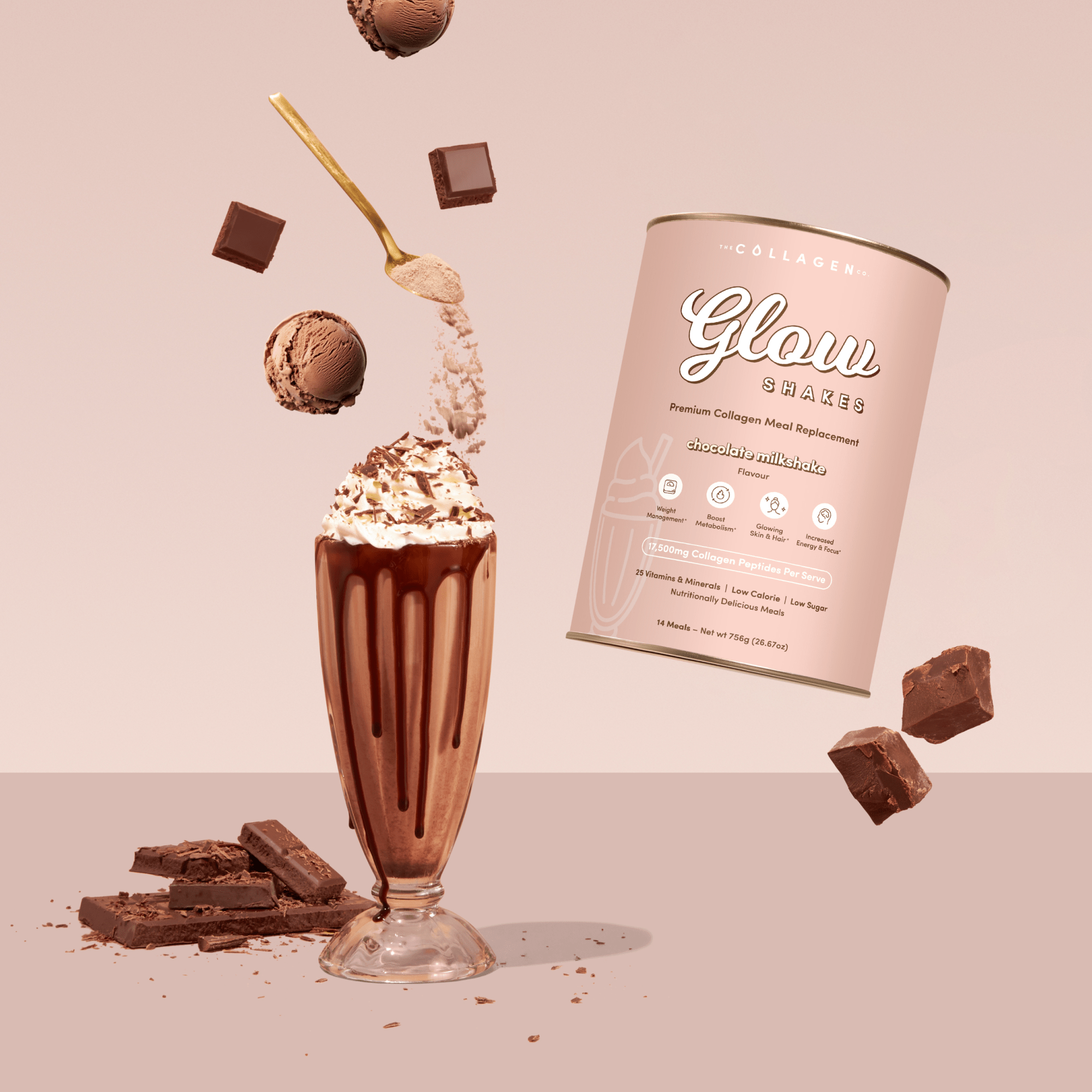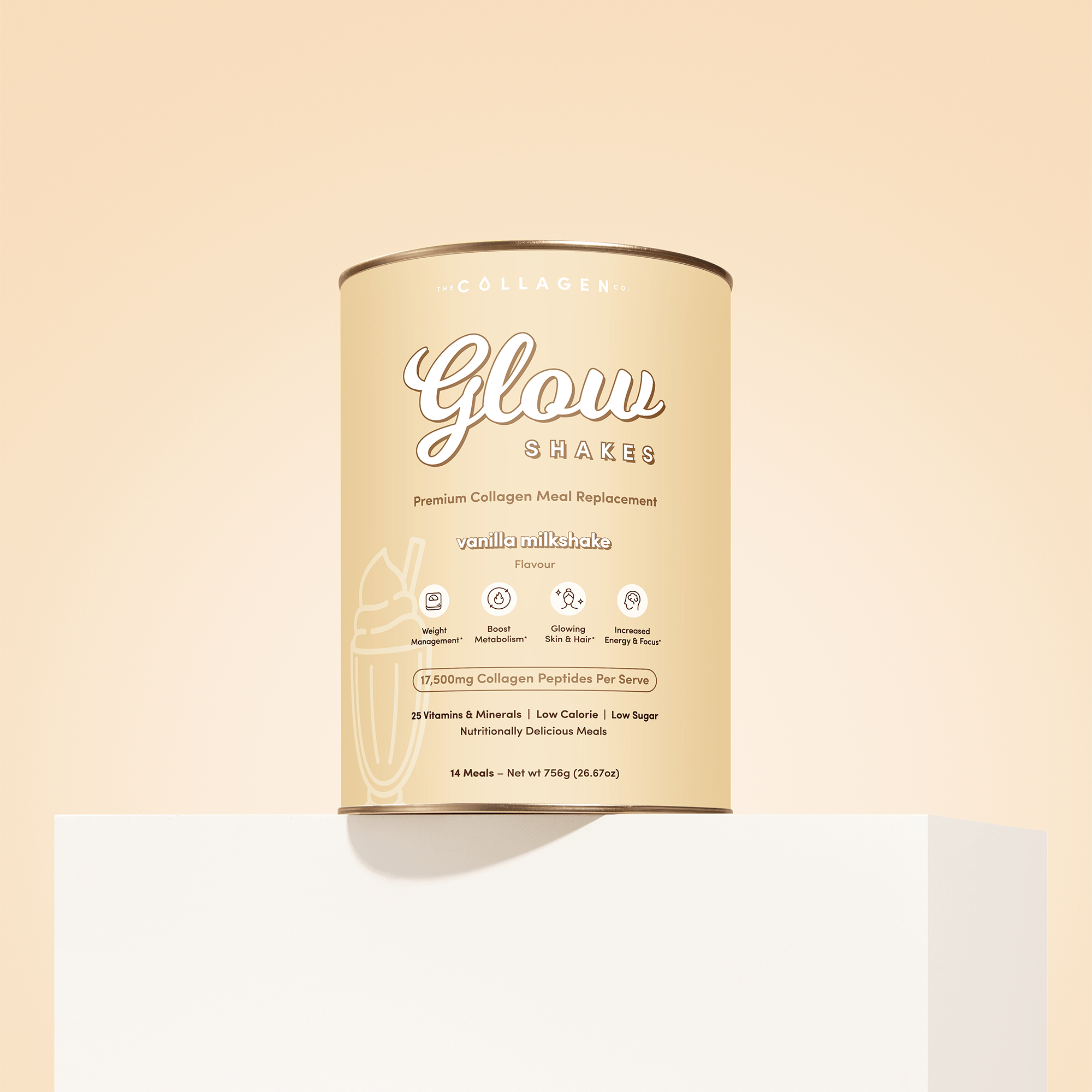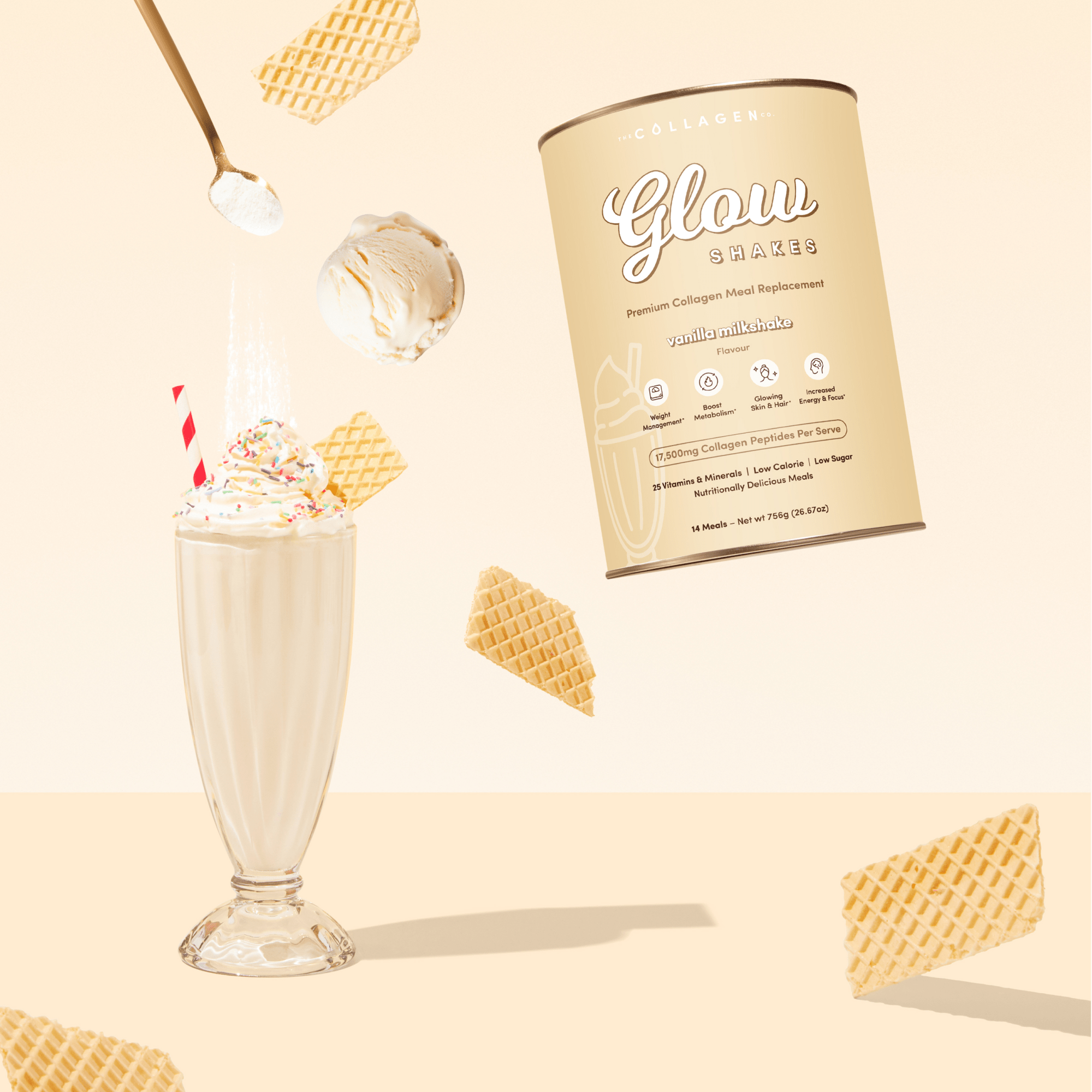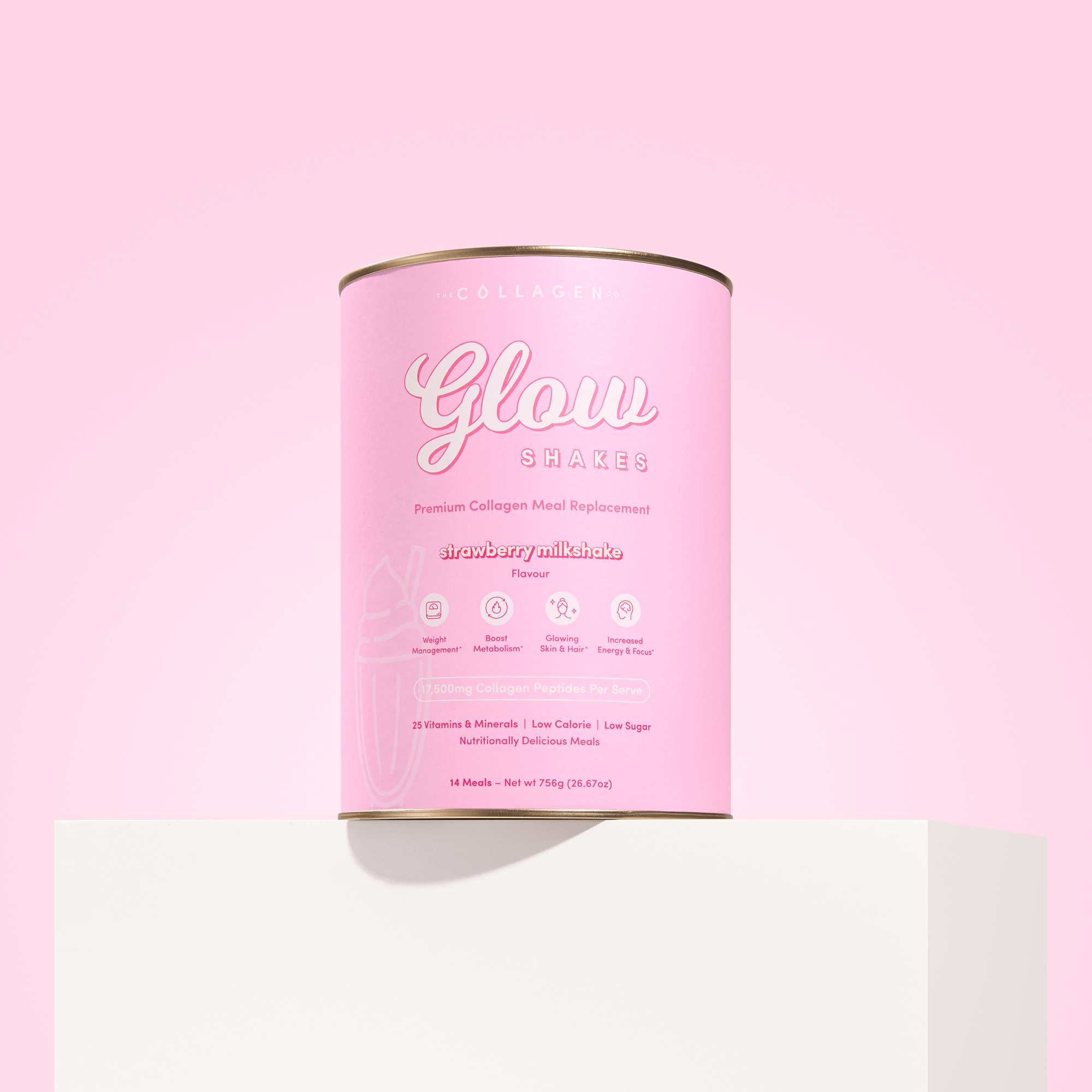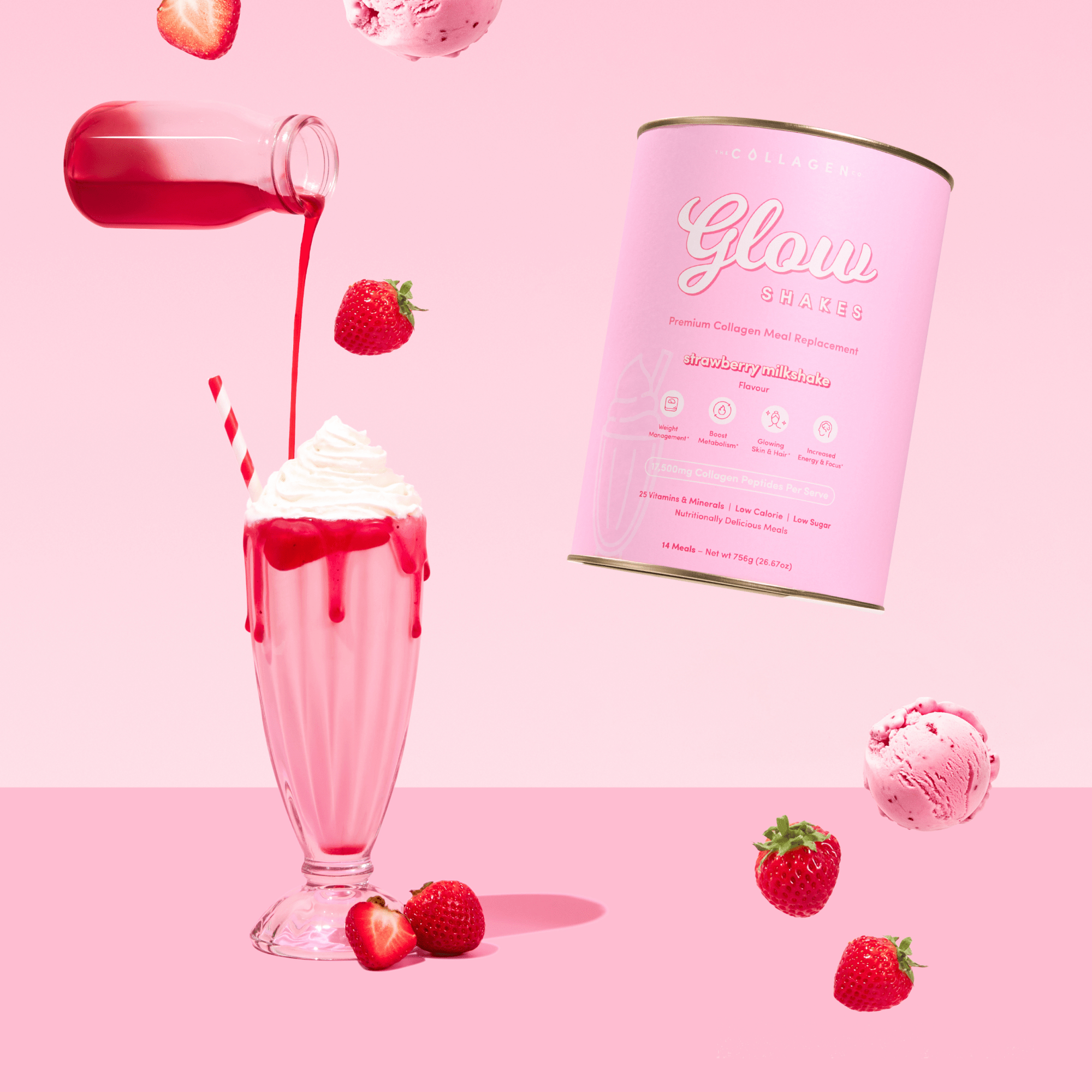More Than Biotin — How Protein Fuels Stronger, Fuller Hair
Posted October 2025

Walk into any supplement aisle and you’ll see them: bottles of biotin promising thicker, shinier, longer hair. But here’s the truth: biotin isn’t the whole story. If your diet is low in protein, biotin alone won’t get you very far.
Why? To understand that, you’ll first need to know:
The biology of hair growth
Hair is made up of about 95% keratin, a tough protein built deep inside each follicle. To keep those strands coming, follicle cells are constantly dividing and working at full speed. In other words? Your hair is high-maintenance when it comes to nutrients.
And the one it craves most? Protein.
Without enough, follicles can’t keep up with the nonstop cycle of growth. And it’s not just any protein — specific amino acids make all the difference. Cysteine forms the sulfur bonds that give hair its strength, while proline and glycine support keratin production.
But how much protein is enough?
What’s “enough”?
Research suggests aiming for 1.2 to 1.6 grams of protein per kilogram of body weight daily to support not just muscles, but also healthy skin, nails, and hair. For a 60 kg individual, that translates to 72 to 96 grams daily, which, when spread throughout the day, equates to roughly 20 to 30 grams of protein at each meal.
For reference, 100 grams of cooked, skinless chicken breast contains 31 grams of protein.
So, hitting that protein intake guideline is doable, but it may take some planning.
What types of protein should you look out for?
And, as mentioned earlier, for keratin specifically, your follicles rely heavily on cysteine, a sulfur-rich amino acid that forms the strong disulfide bonds in hair.
You’ll find it in protein-rich foods like pork, beef, chicken, fish, lentils, oatmeal, eggs, low-fat yogurt, sunflower seeds, and cheese.
A special note on hydrolysed collagen peptides
Now, you may be wondering, “What about hydrolysed collagen peptides?” Do they contain cysteine? To be honest, collagen doesn’t supply much cysteine, but it complements your diet by delivering proline and glycine, two of the other key amino acids that hair follicles depend on.
Beyond supplying proline and glycine, studies show that hydrolysed collagen peptides can actually enter the bloodstream intact, where they act as biological signals that:
-
Fortify the “housing for hair follicles: Your scalp’s dermis contains a collagen-rich network called the extracellular matrix (ECM). It’s basically scaffolding that surrounds and supports each follicle. With age, fibroblasts (the cells that make collagen) slow down, and this matrix weakens — follicles can become less anchored, less nourished, and more vulnerable. Thankfully, collagen peptides have been shown to stimulate fibroblast activity, boosting the production of collagen as well as elastin and hyaluronic acid. A stronger ECM = a sturdier, more supportive environment for follicles.
-
Protect against stressors: Scalp skin is constantly exposed to UV radiation and environmental pollutants, both of which generate free radicals. These reactive molecules damage collagen and elastin fibres, and they also activate enzymes called matrix metalloproteinases (MMPs) that literally tear collagen apart. Hydrolysed collagen peptides have been shown to increase antioxidant activity in skin, reducing oxidative stress and slowing this breakdown. Less oxidative stress = less inflammation, healthier follicles.
-
Support better circulation: Follicle cells are among the fastest-dividing in the body, which means they need a constant supply of oxygen and nutrients. Some studies suggest collagen peptides may improve microvascular density in the skin, supporting tiny capillaries around follicles. Better blood flow means better delivery of the raw materials needed for keratin production.
Warning: these lifestyle stressors could undo your efforts
Nutrition lays the foundation for healthy hair, but everyday life has a way of … well, getting in the way.
Stress sends cortisol soaring, which can nudge follicles into an early rest-and-shed phase — the kind of diffuse shedding you often notice a few months after a rough patch. Skipping deep sleep doesn’t help either, since that’s when your body releases growth hormone, the signal that tells follicles to keep building. And then there are the styling habits: heat tools, tight ponytails, and bleach, all of which chip away at the hair shaft until it’s weaker and more likely to break.
The upside? These are things you can change. Better stress management, more sleep, and giving your hair a break from overstyling can make the nutrition and supplements you’re already taking work that much harder for you.
Another thing? Be patient
The frustrating thing about hair is that it doesn’t run on your schedule; it runs on its own cycle. Each strand goes through 3 main phases:
-
Anagen (growth phase): This is when your follicles are actively building new hair, and it can last anywhere from two to six years. About 80–90% of the hair on your head is in anagen at any given time, which is why growth feels steady.
-
Catagen (transition phase): A short “reset” period of just a few weeks where growth slows and the follicle starts preparing to rest.
-
Telogen (resting and shedding phase): Lasts two to four months. The follicle takes a breather, then the old hair is shed so a new cycle can begin.
Because of this rhythm, any change you make — more protein, collagen, better sleep, less stress — usually takes 12–16 weeks before you notice improvements.
Bottom line?
Hair doesn’t change overnight, but consistency pays off. The key is giving your follicles the nutrients they need, day after day, while you let the growth cycle do its thing.
The Collagen Co’s Premium Collagen Peptides make it easy: each serving delivers hydrolysed collagen peptides plus biotin, so you’re covering both the building blocks and the helper nutrient your follicles rely on.
Want extra insurance? Glow Shakes give you a protein-plus-micronutrient boost you can sip on: a simple way to support hair health as you strive toward your weight loss goals.
